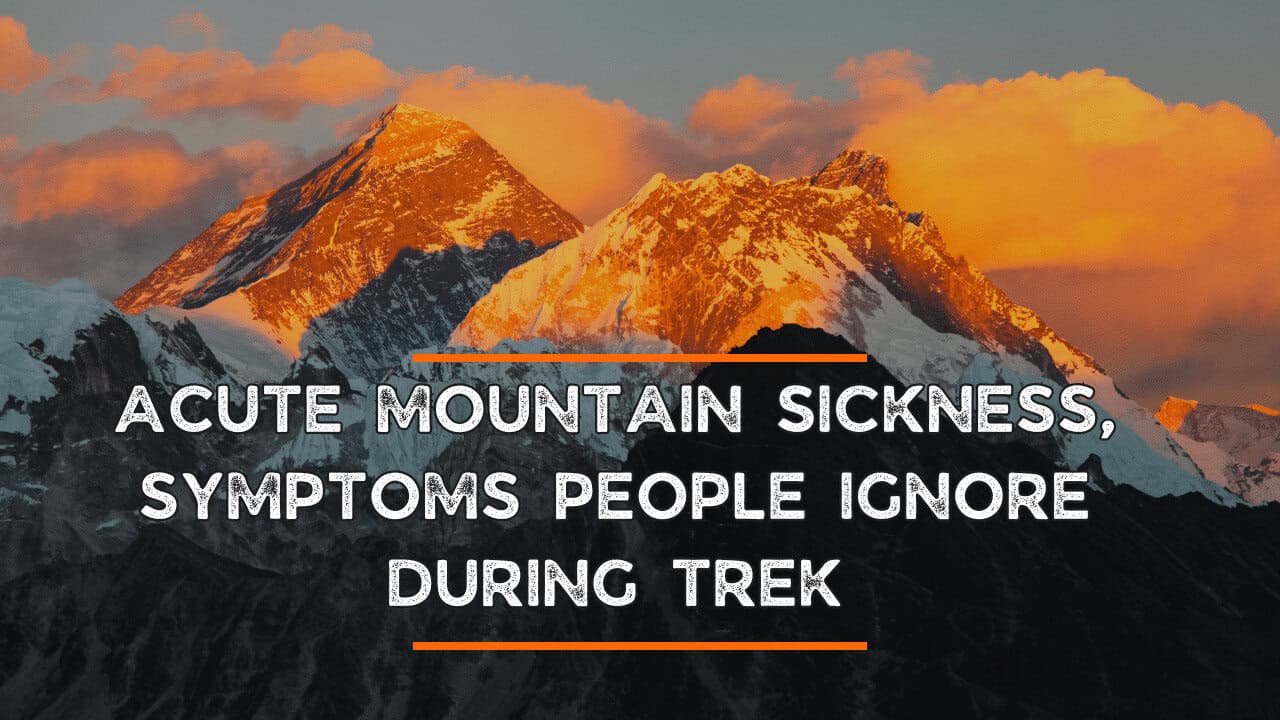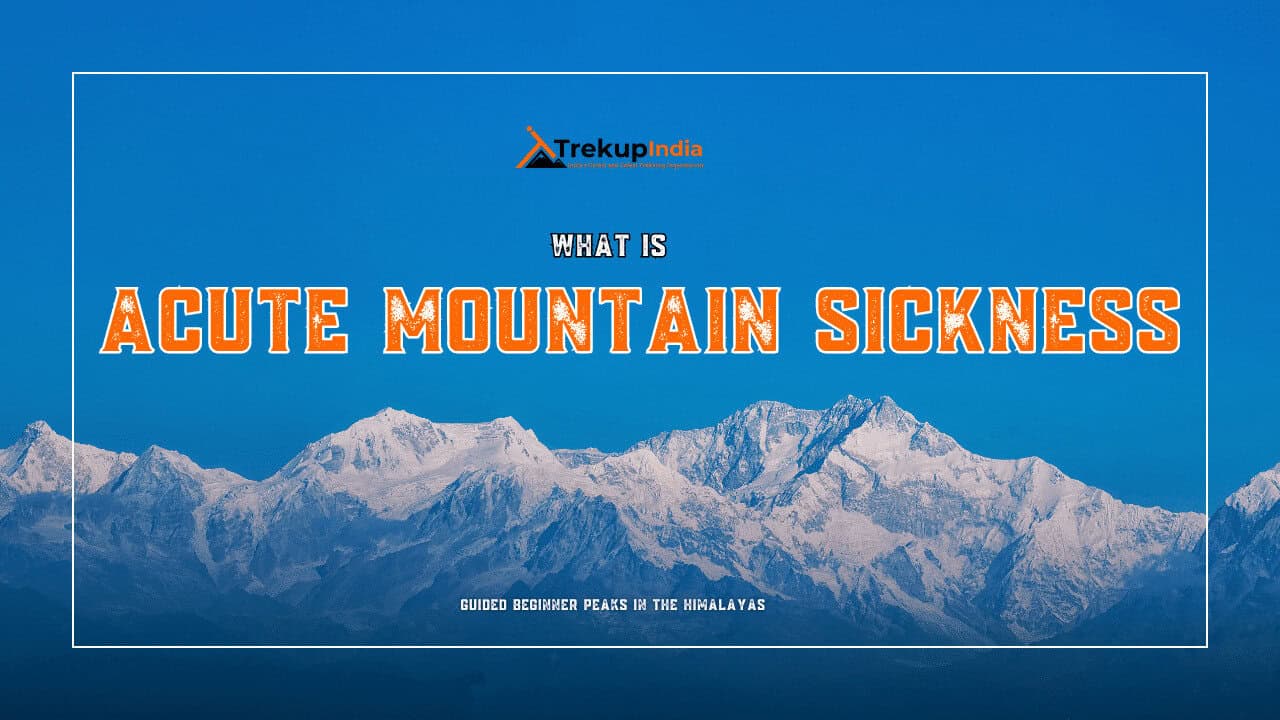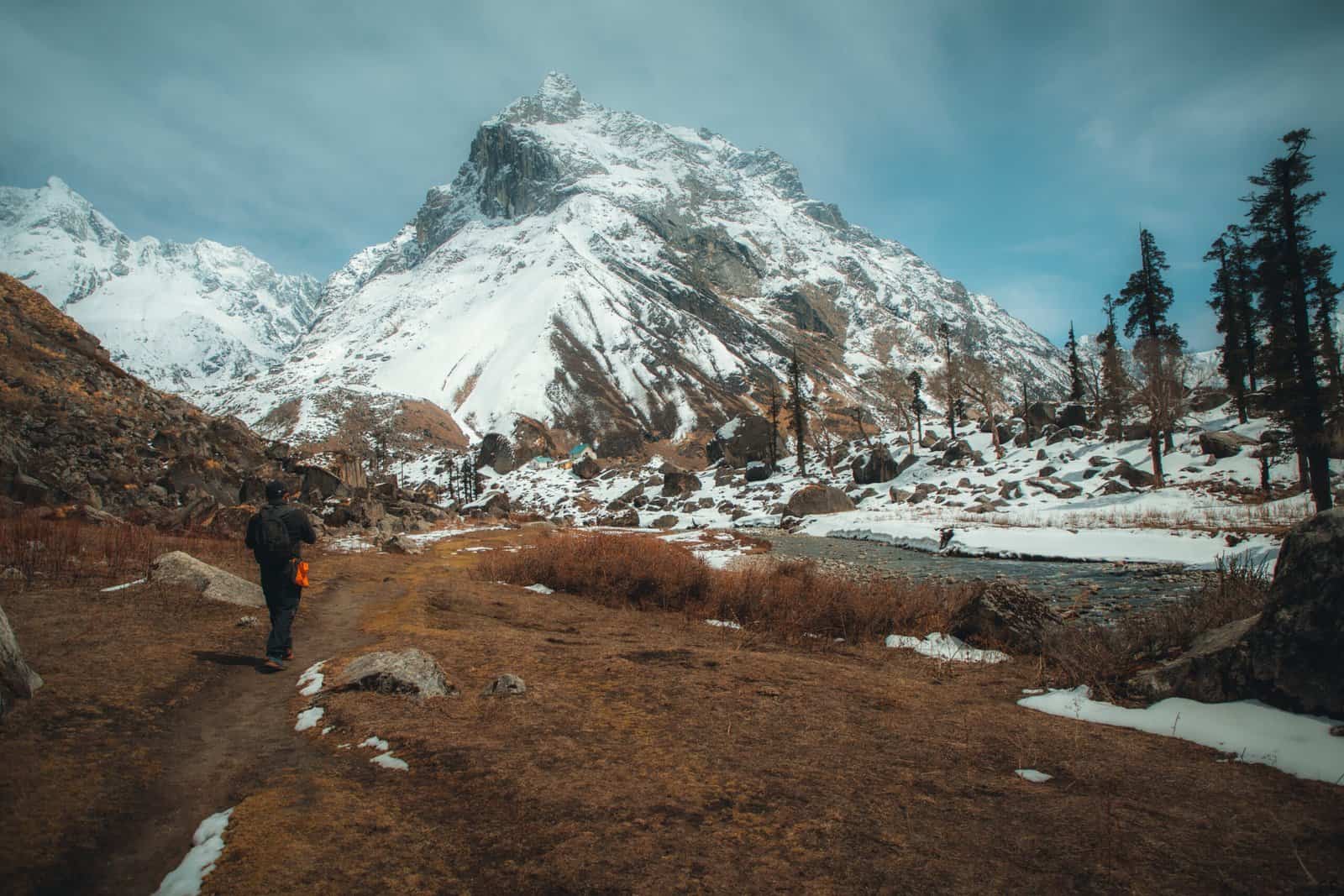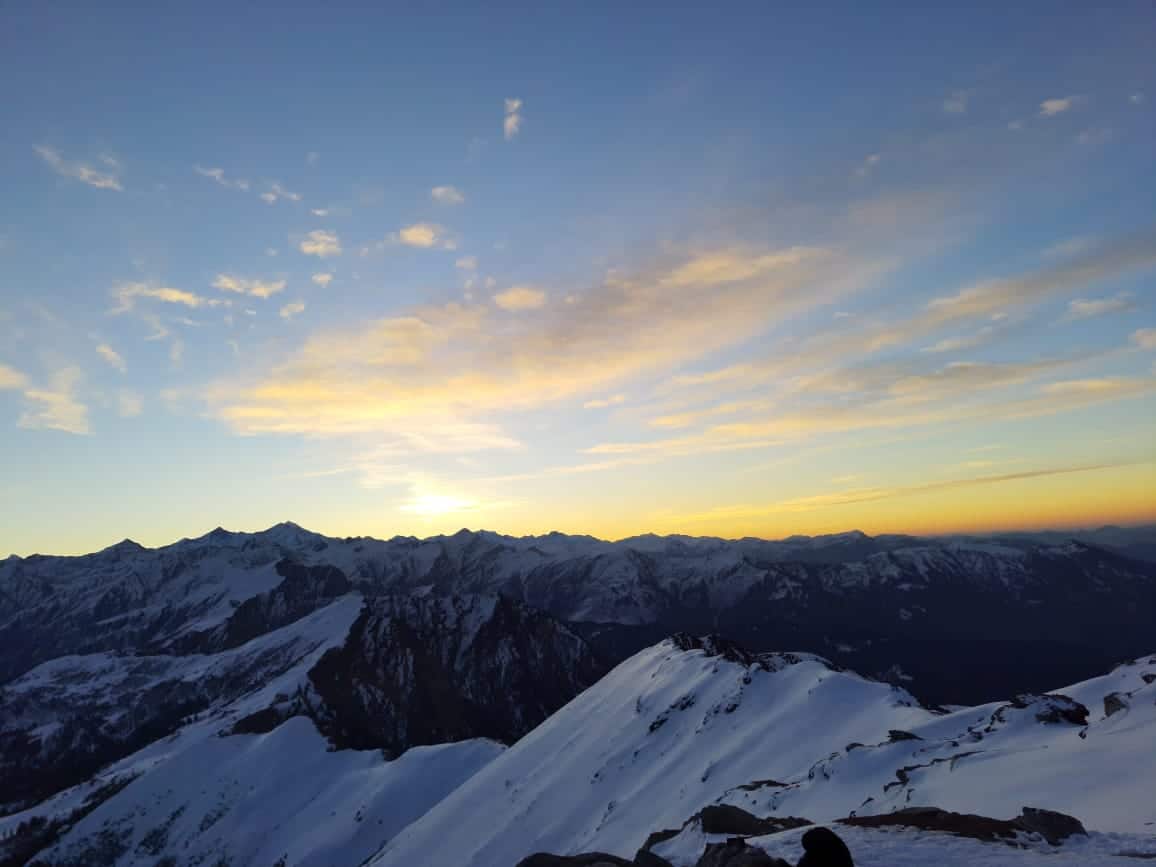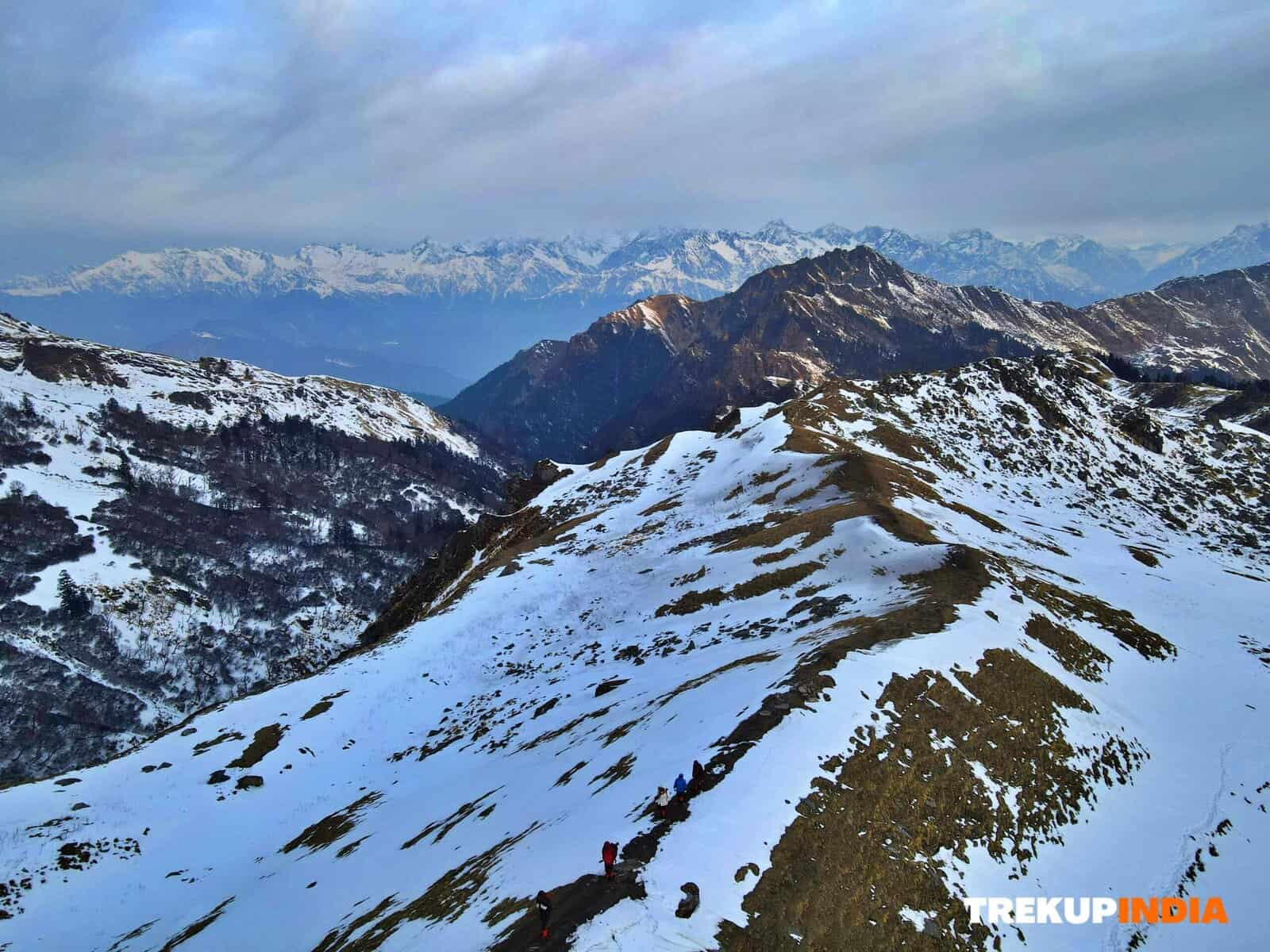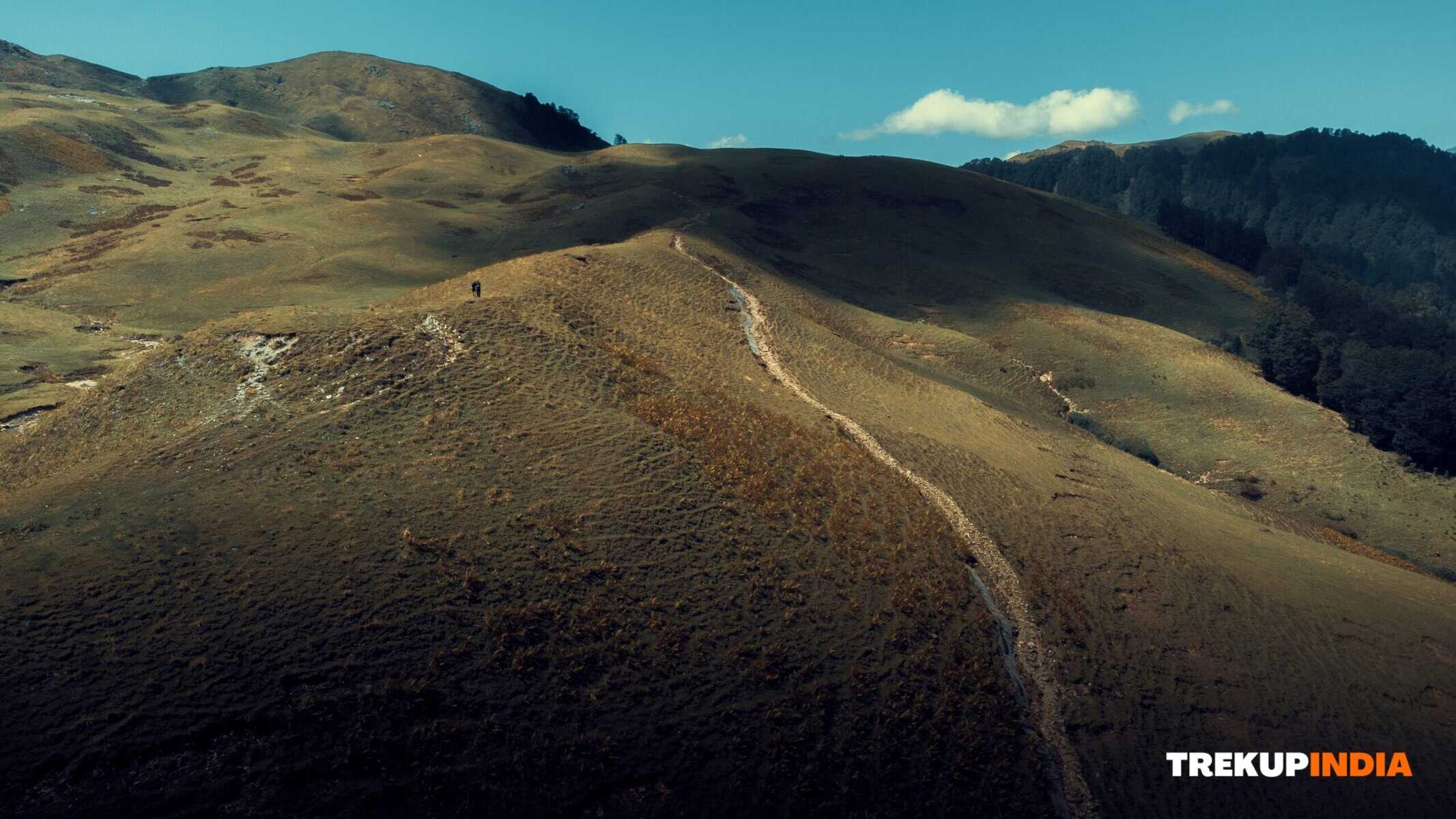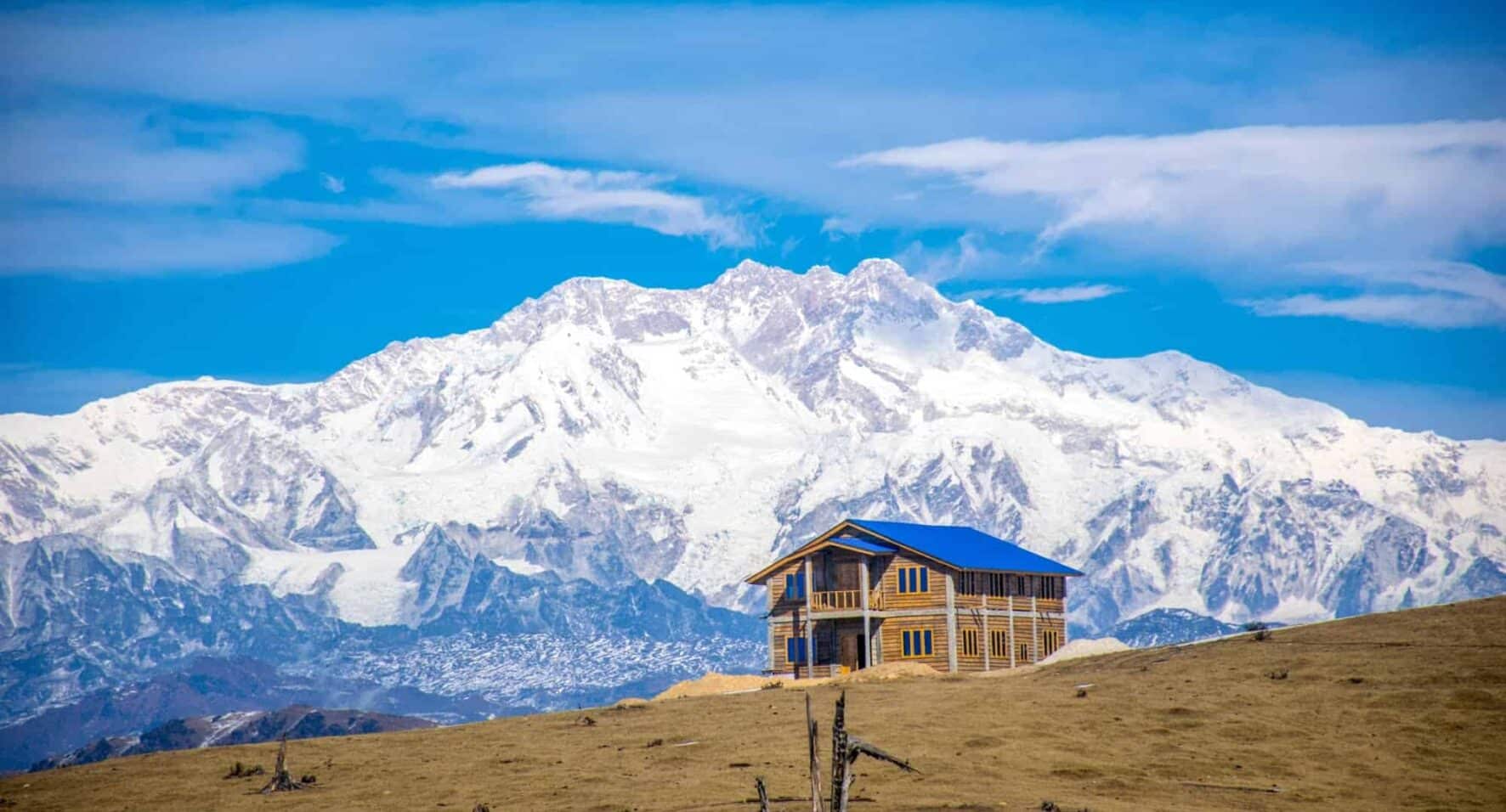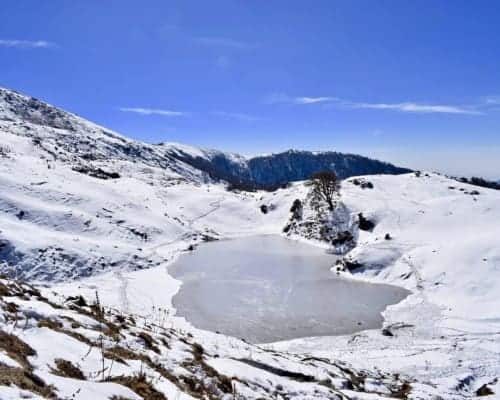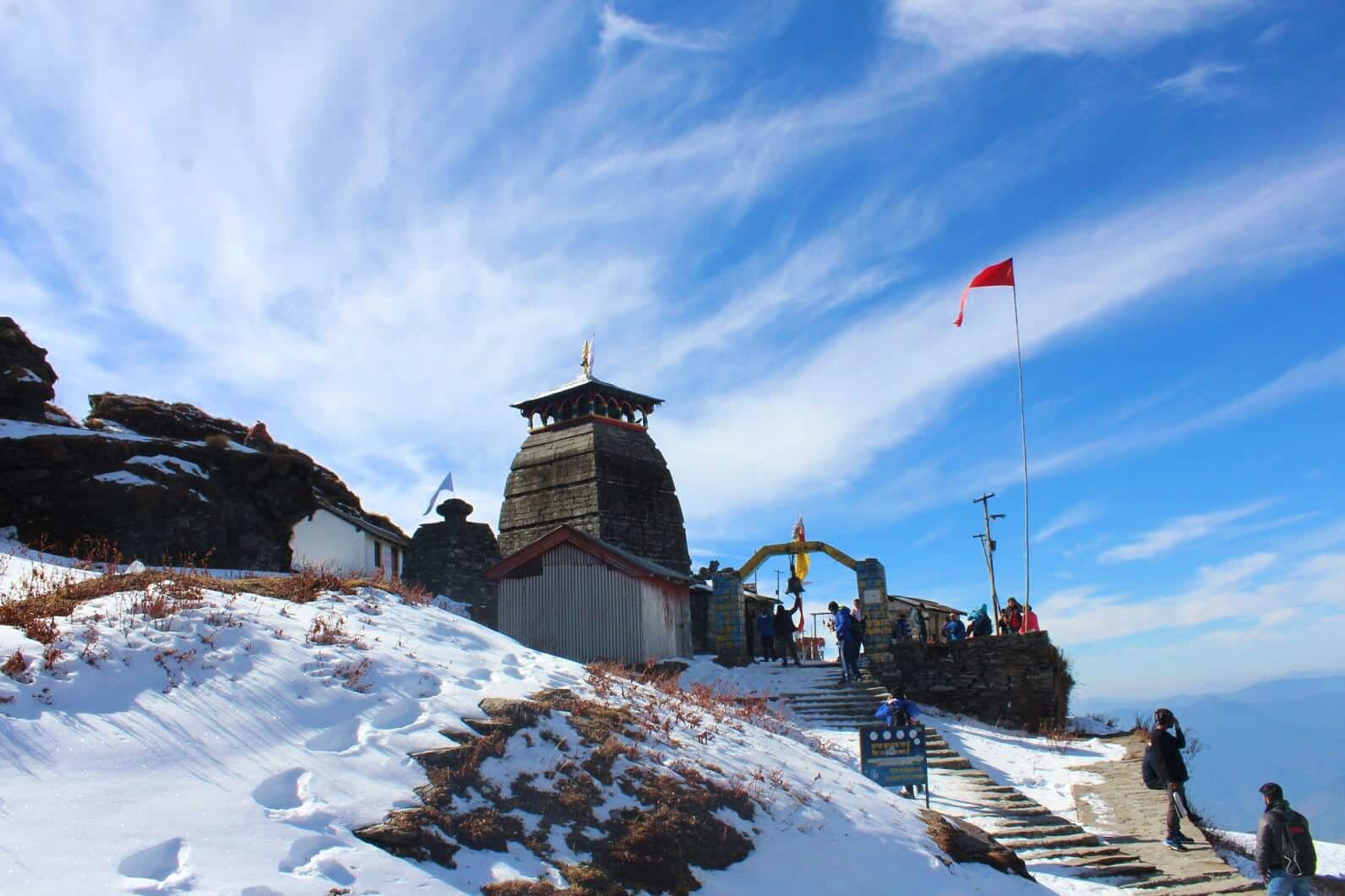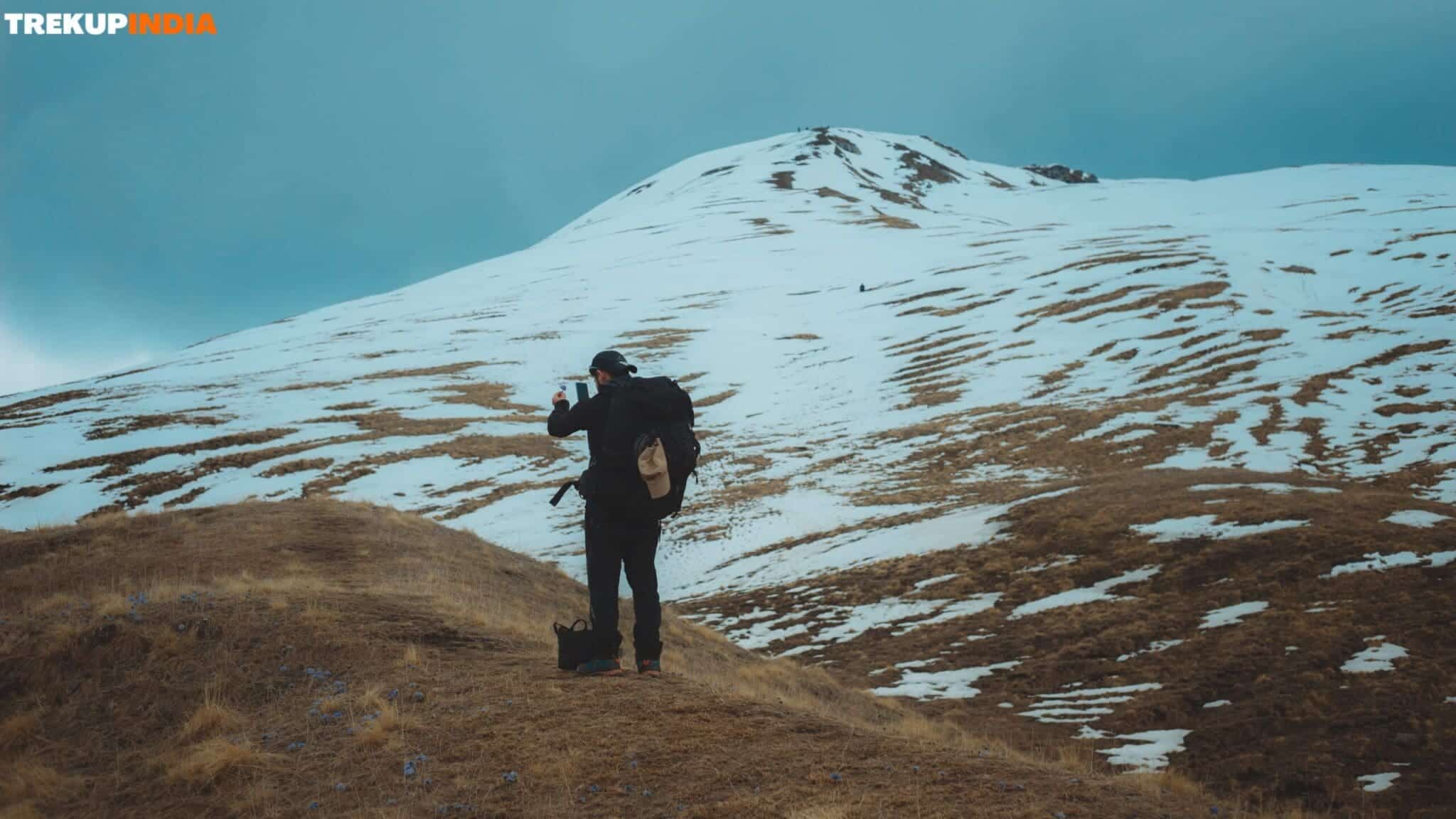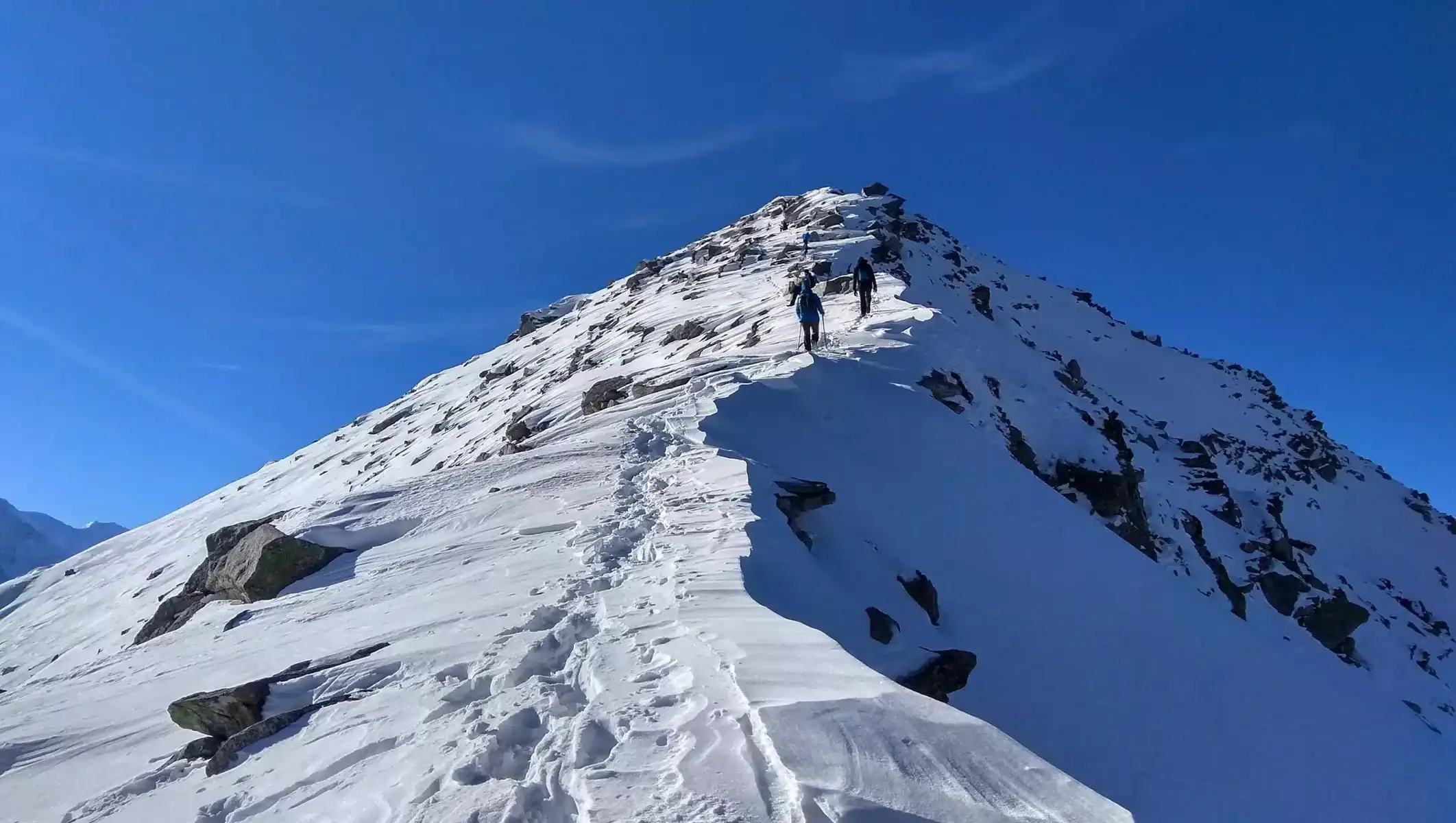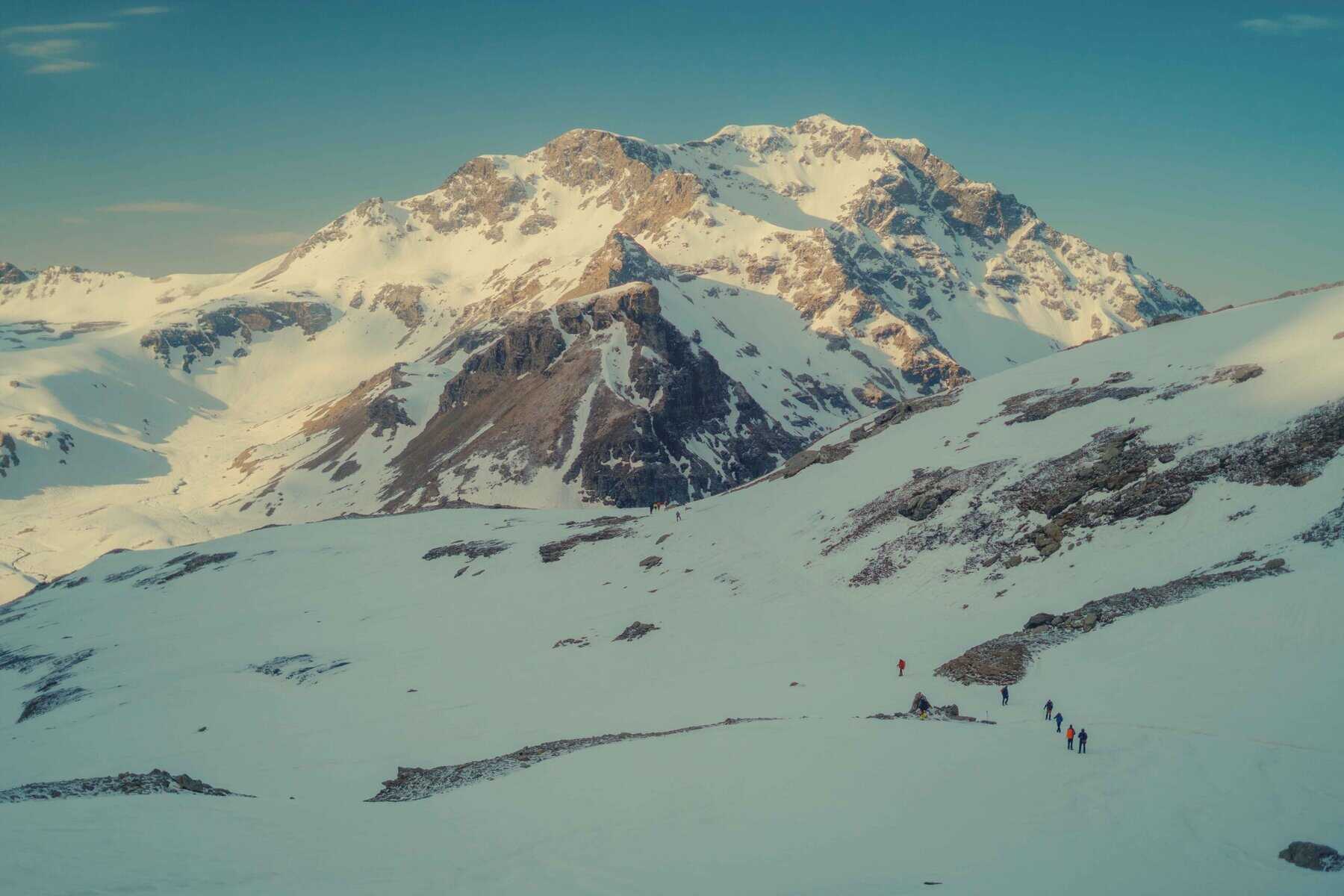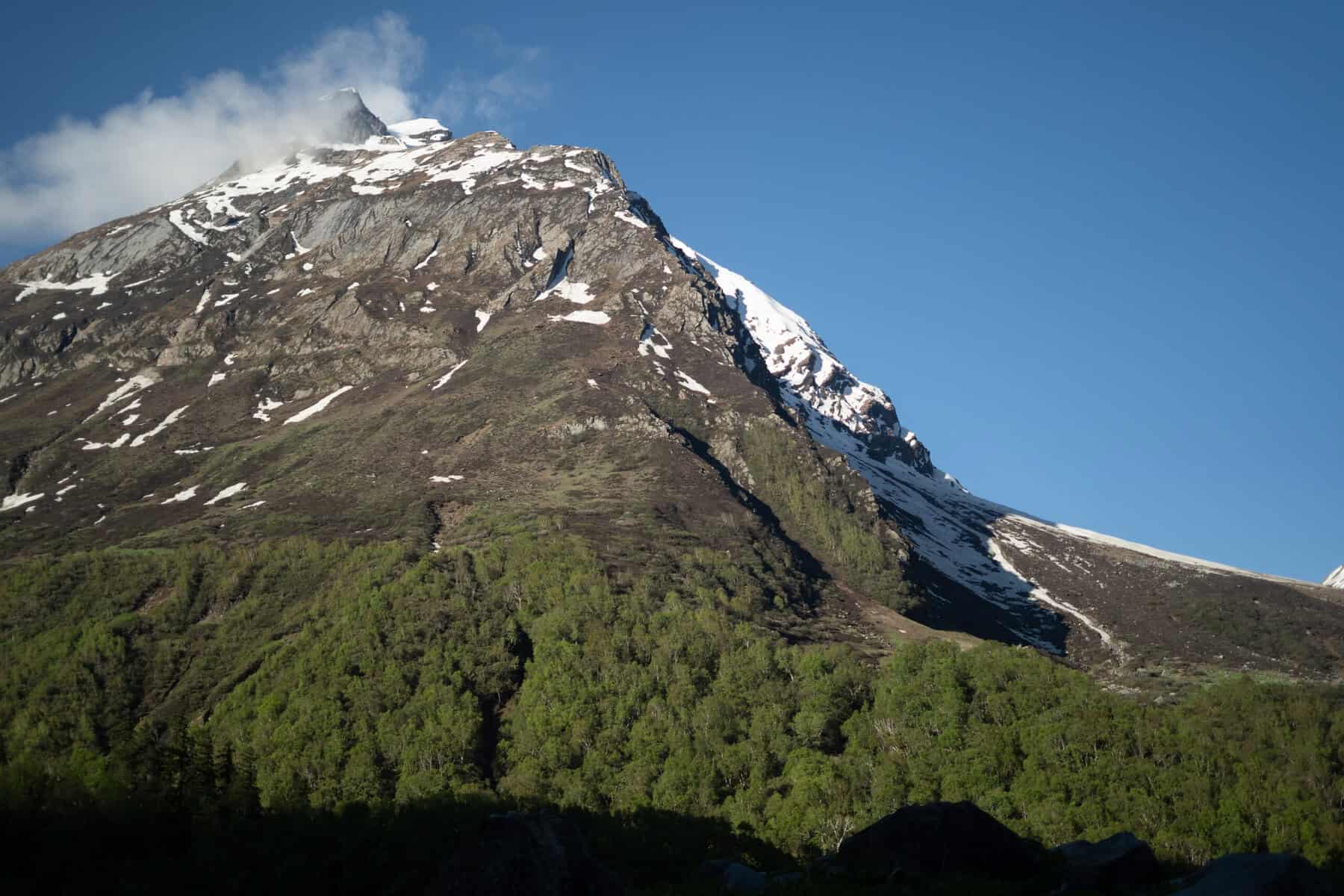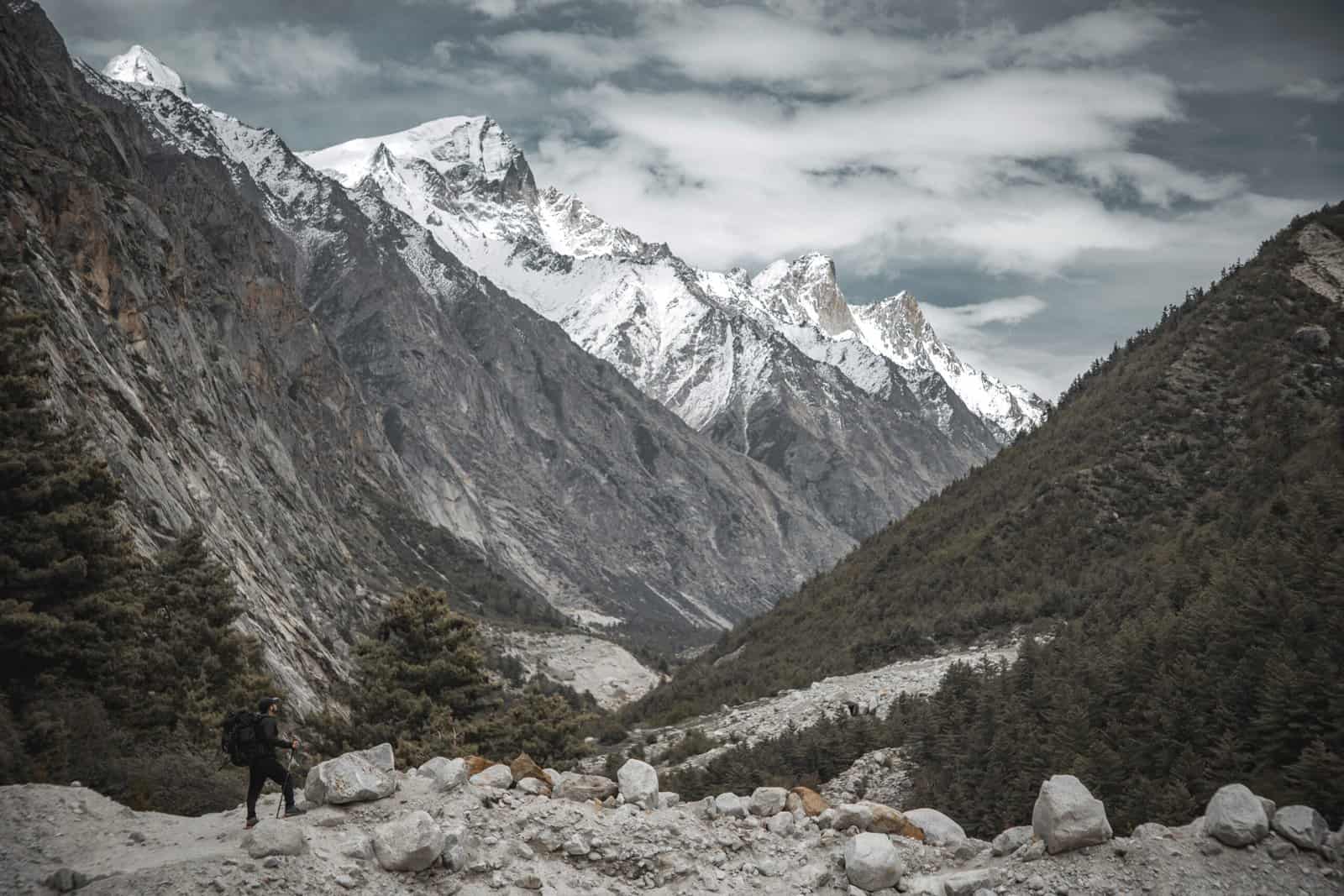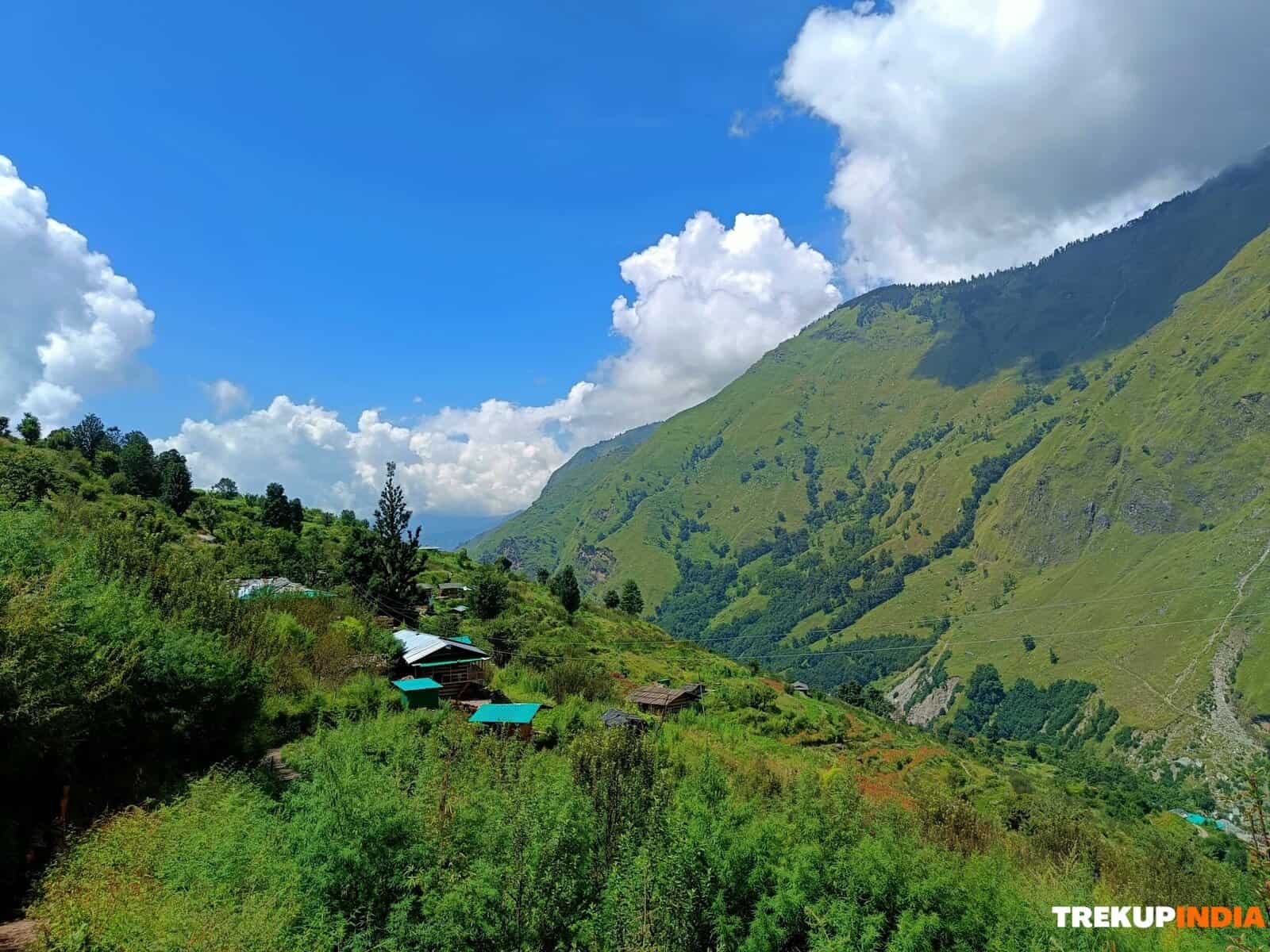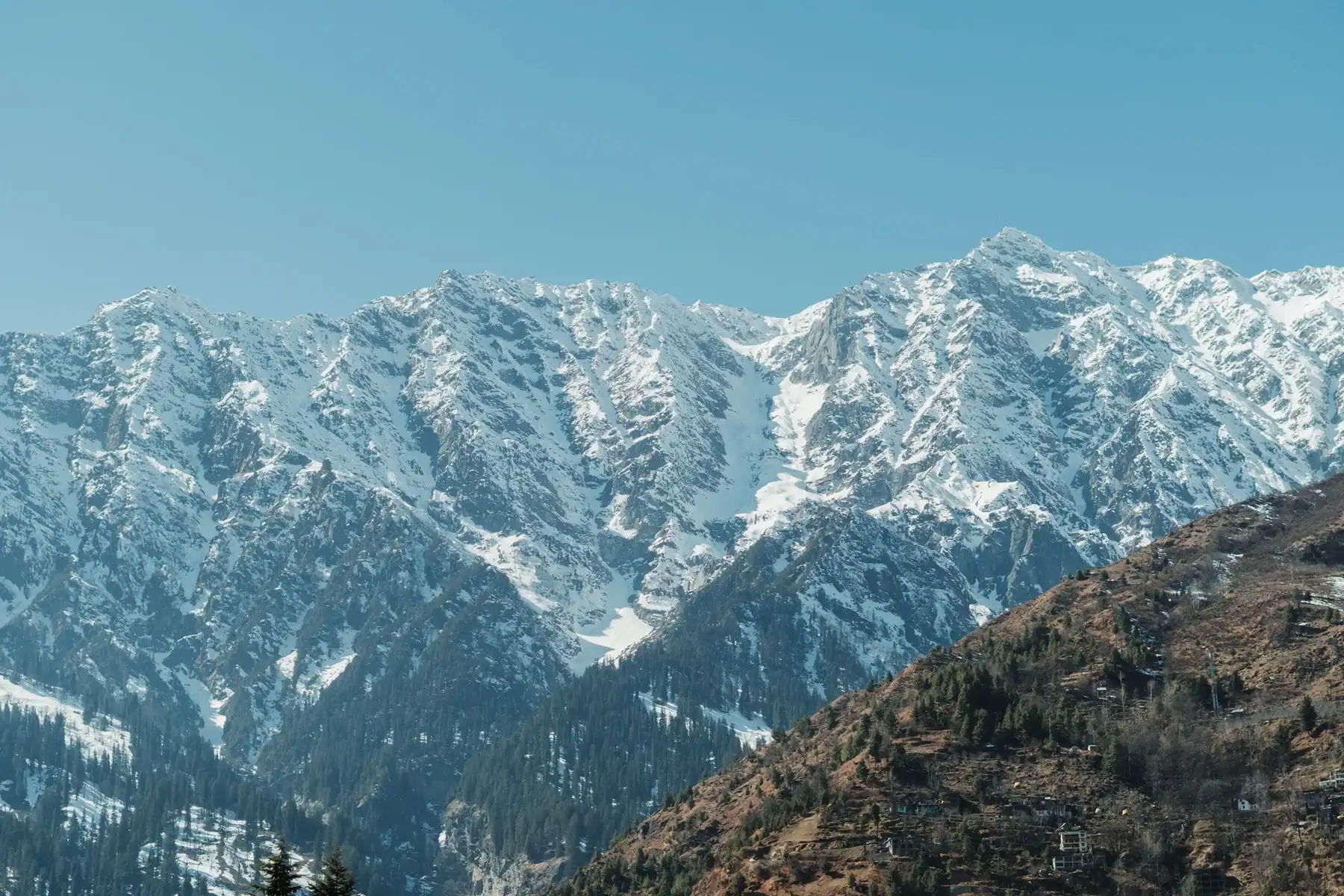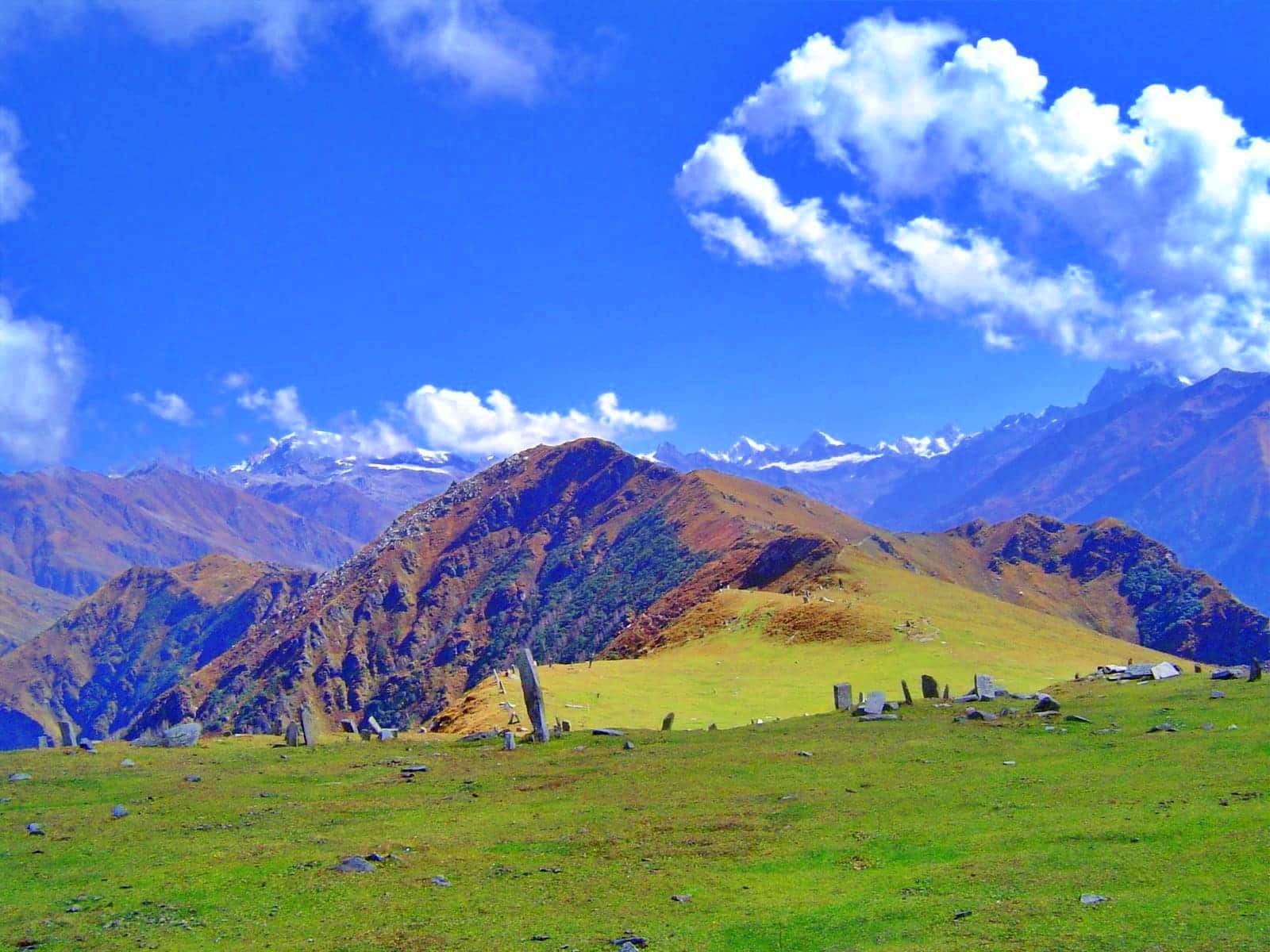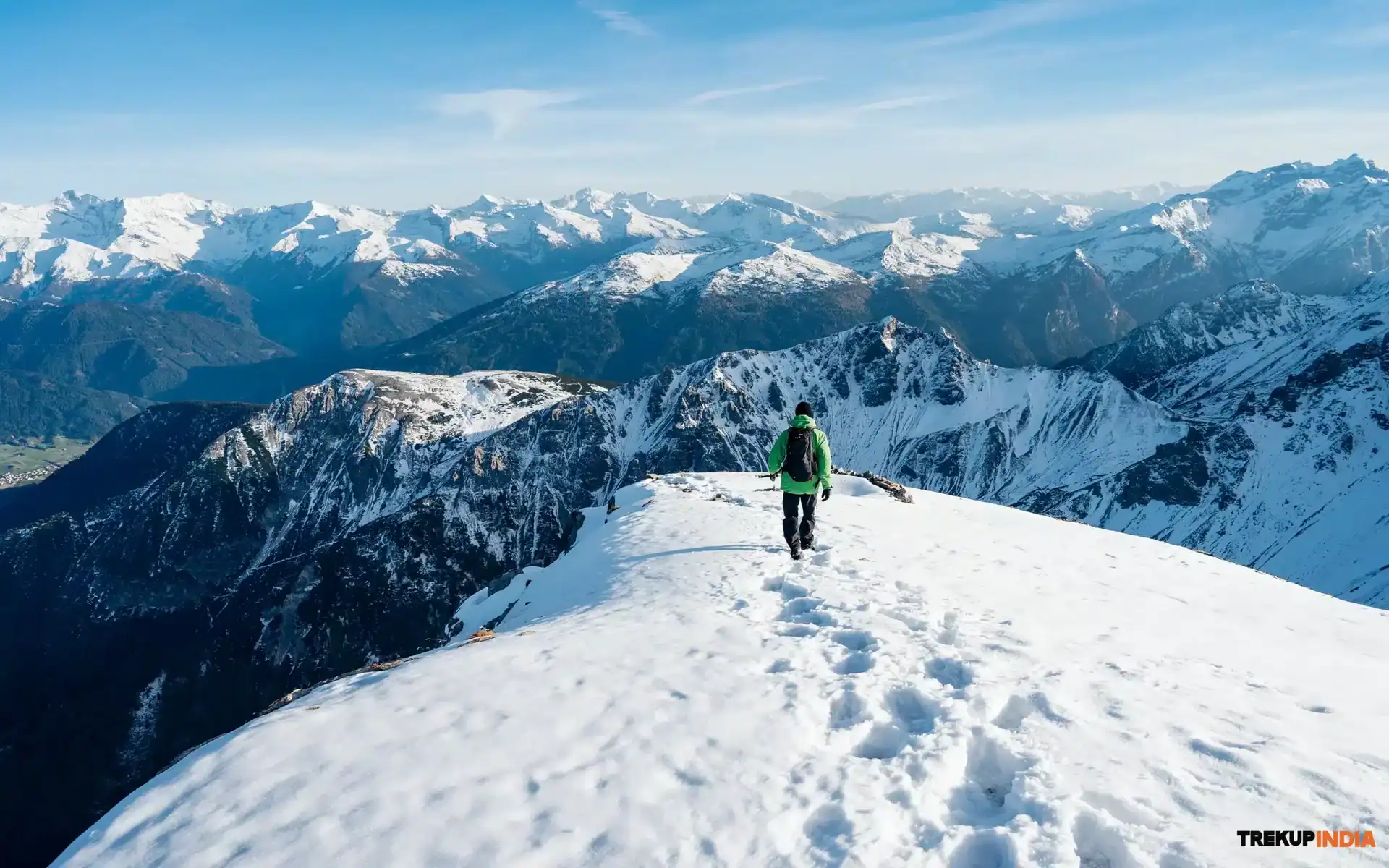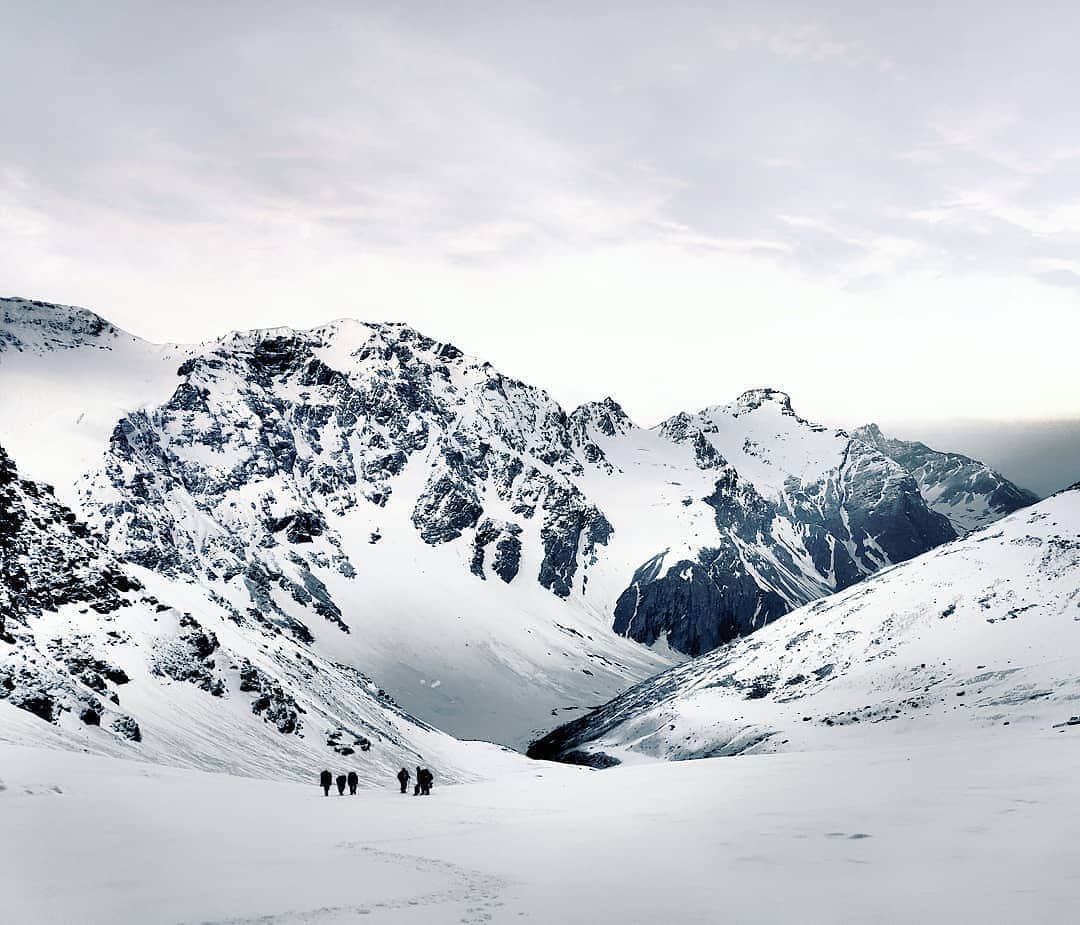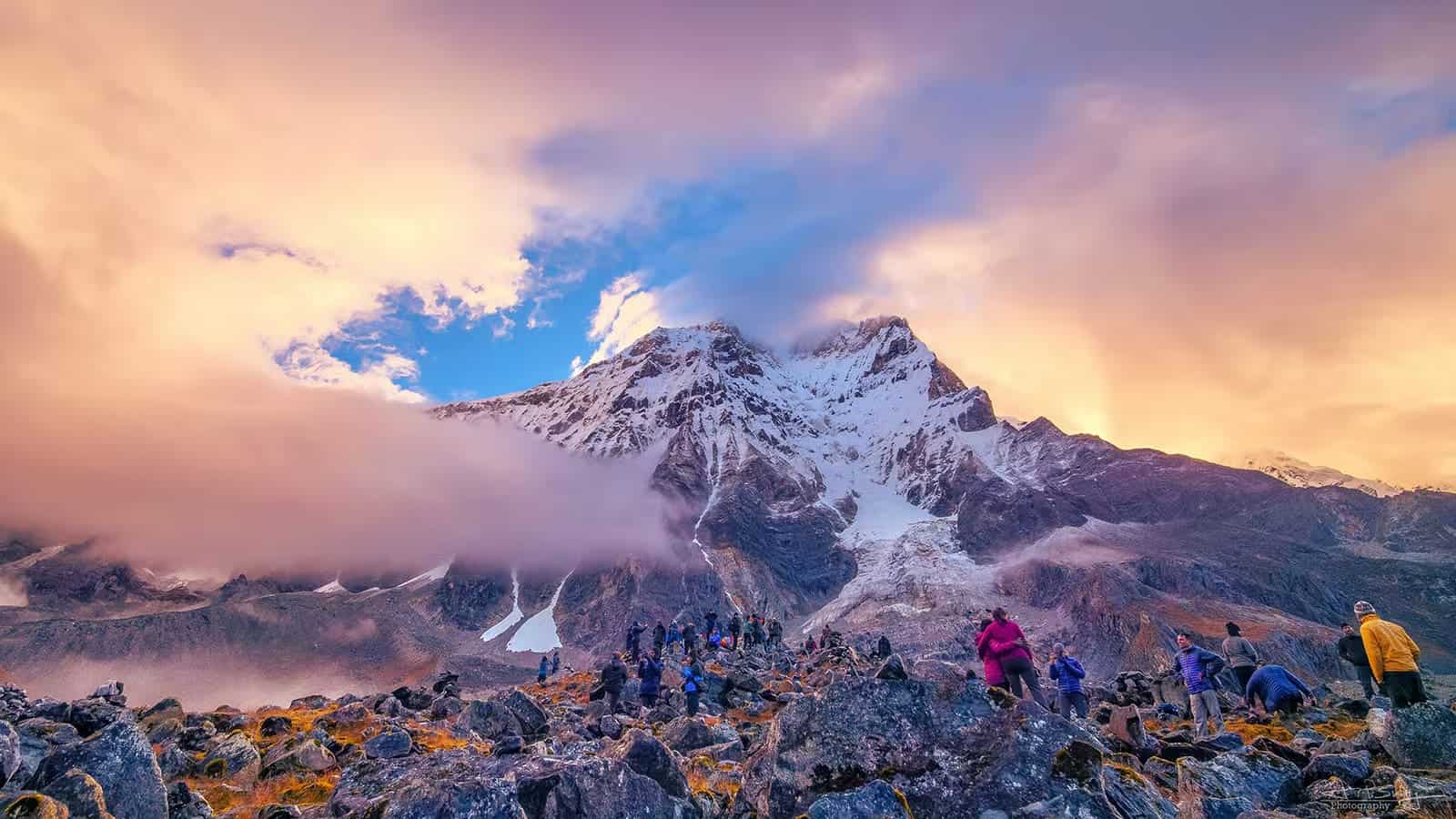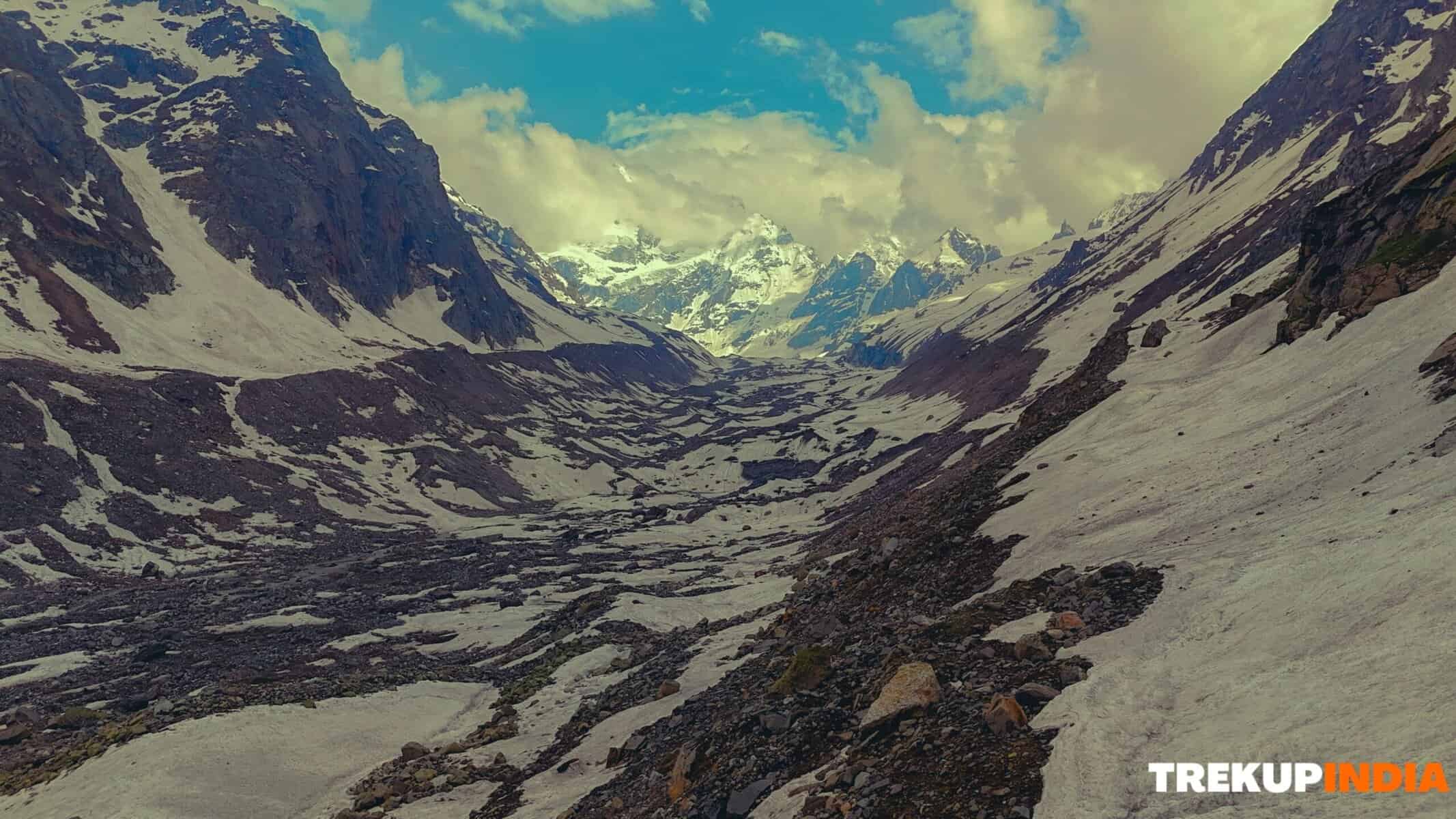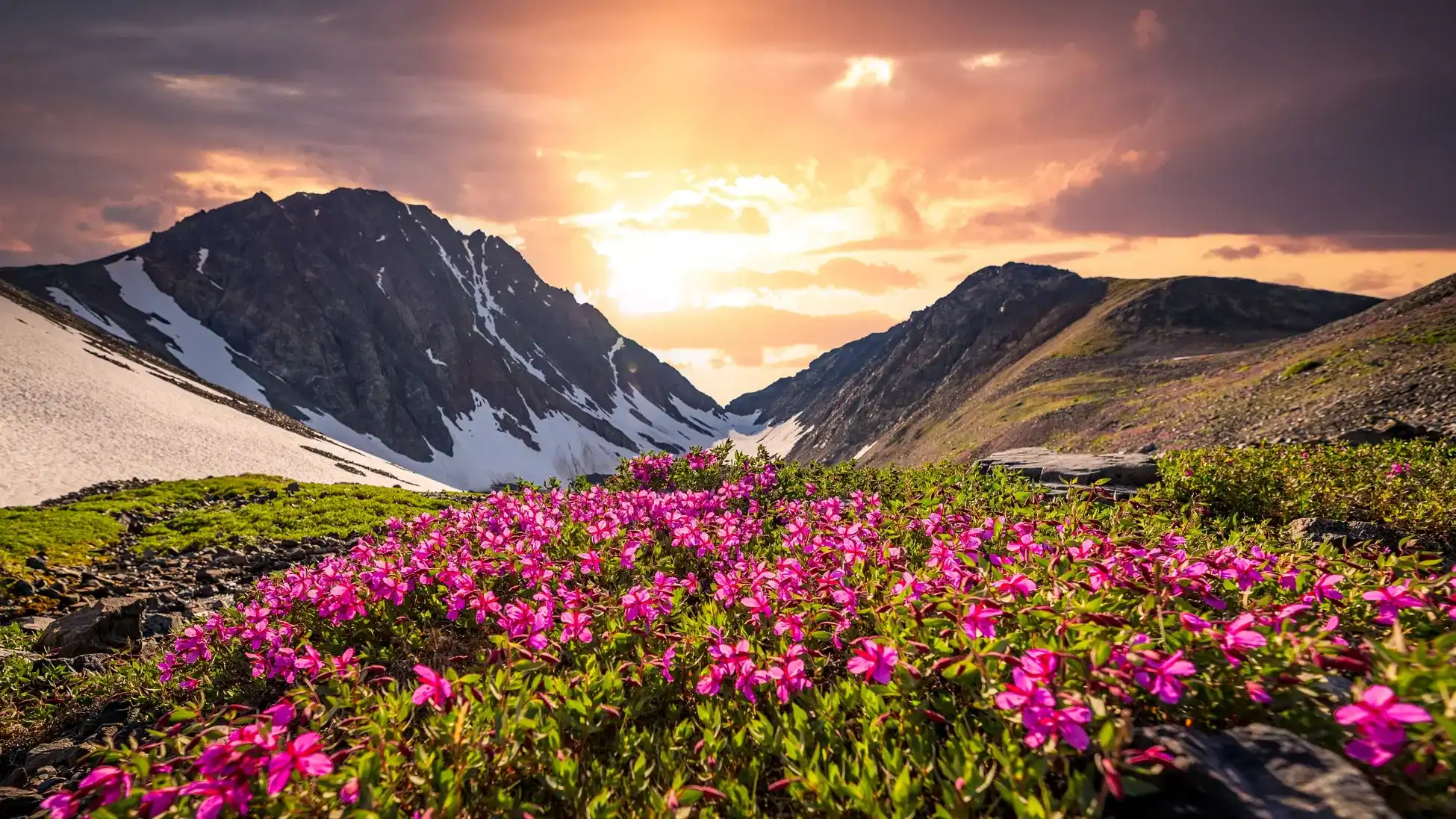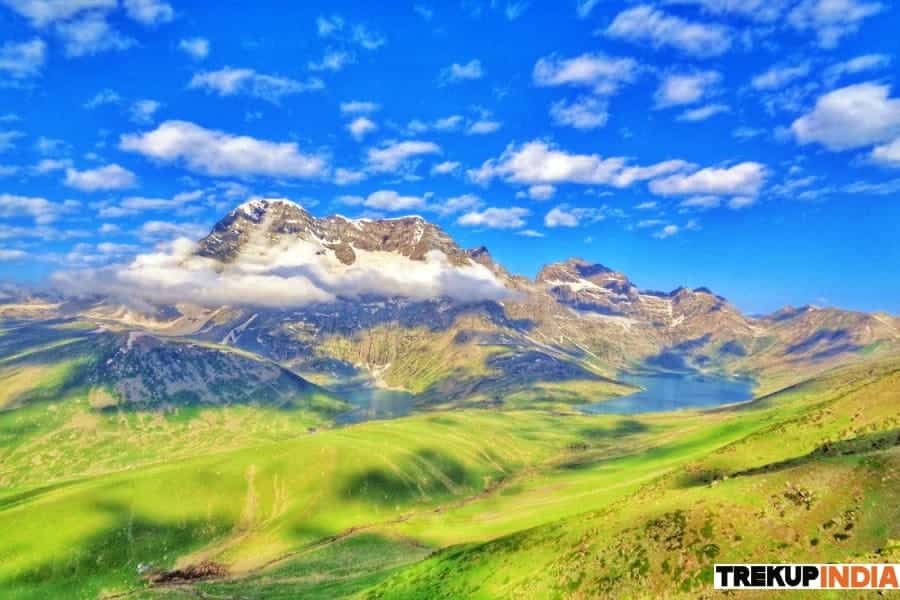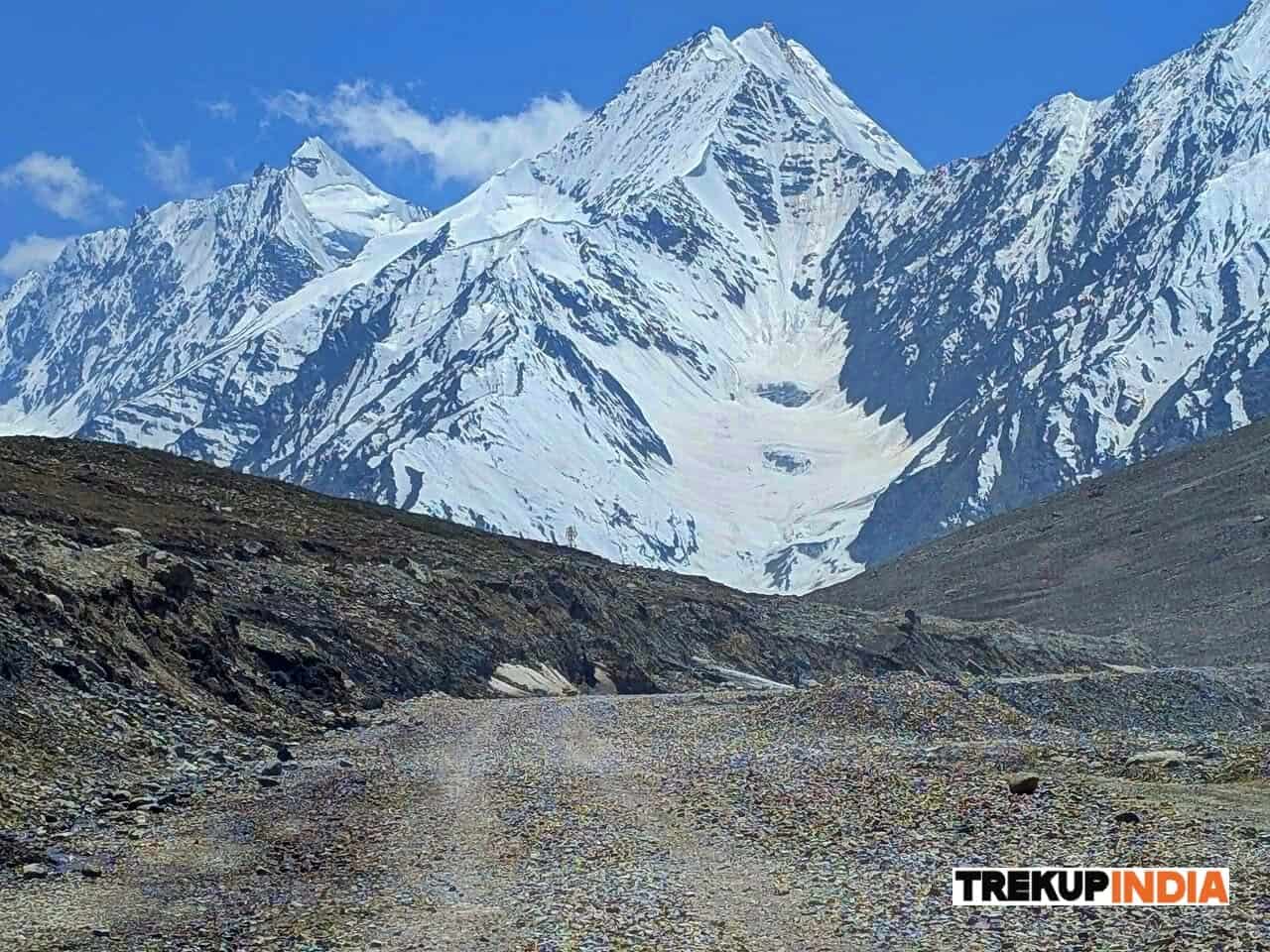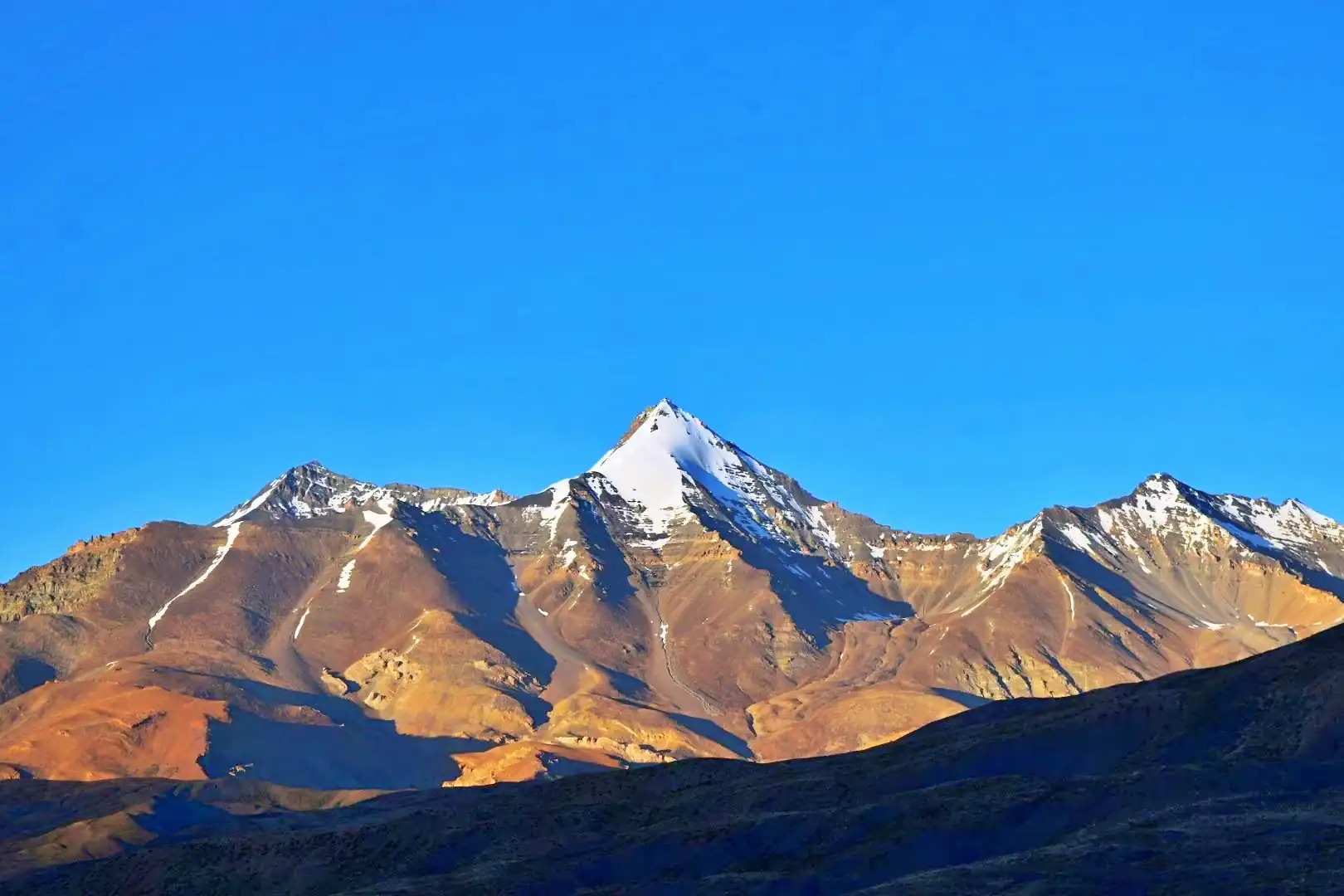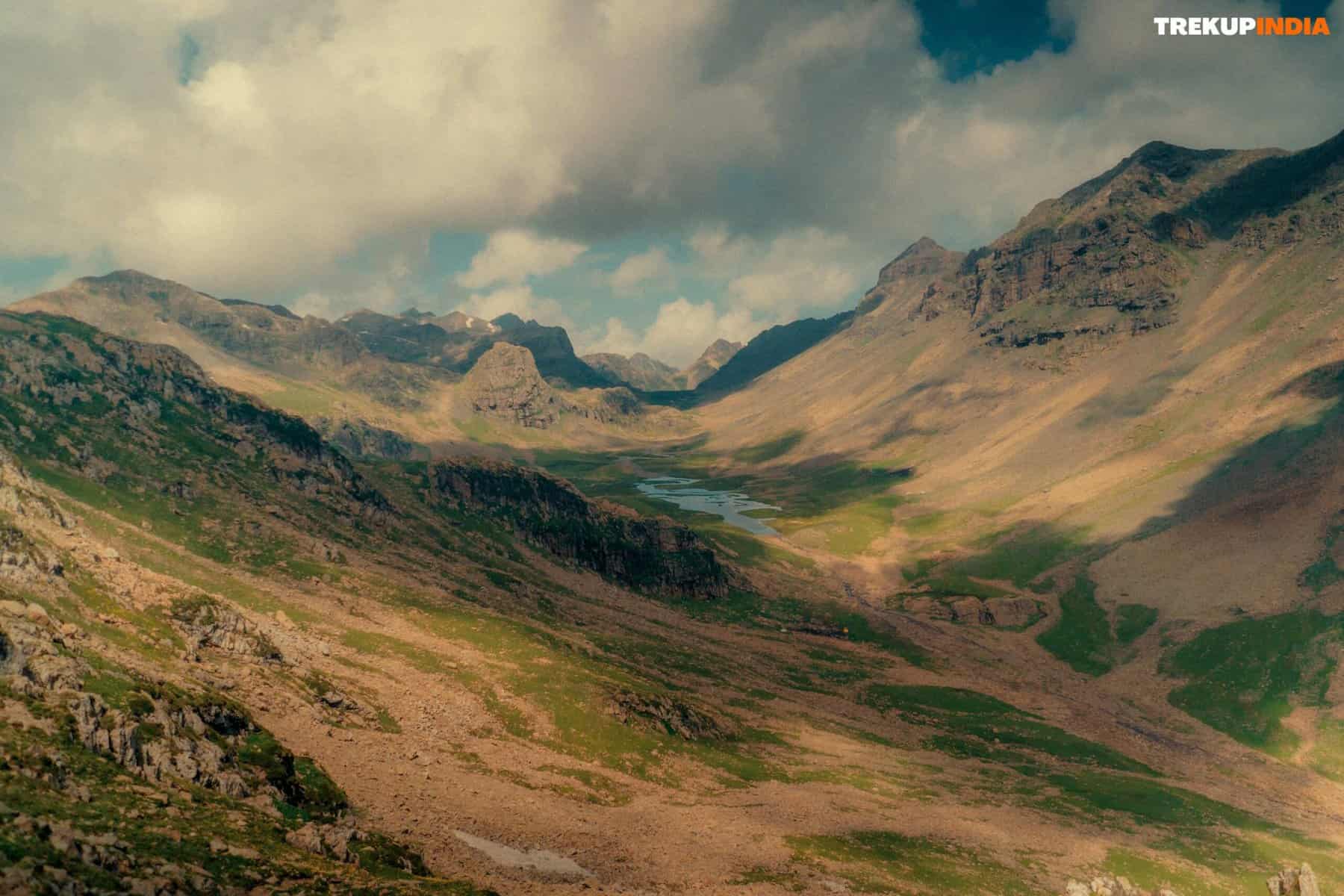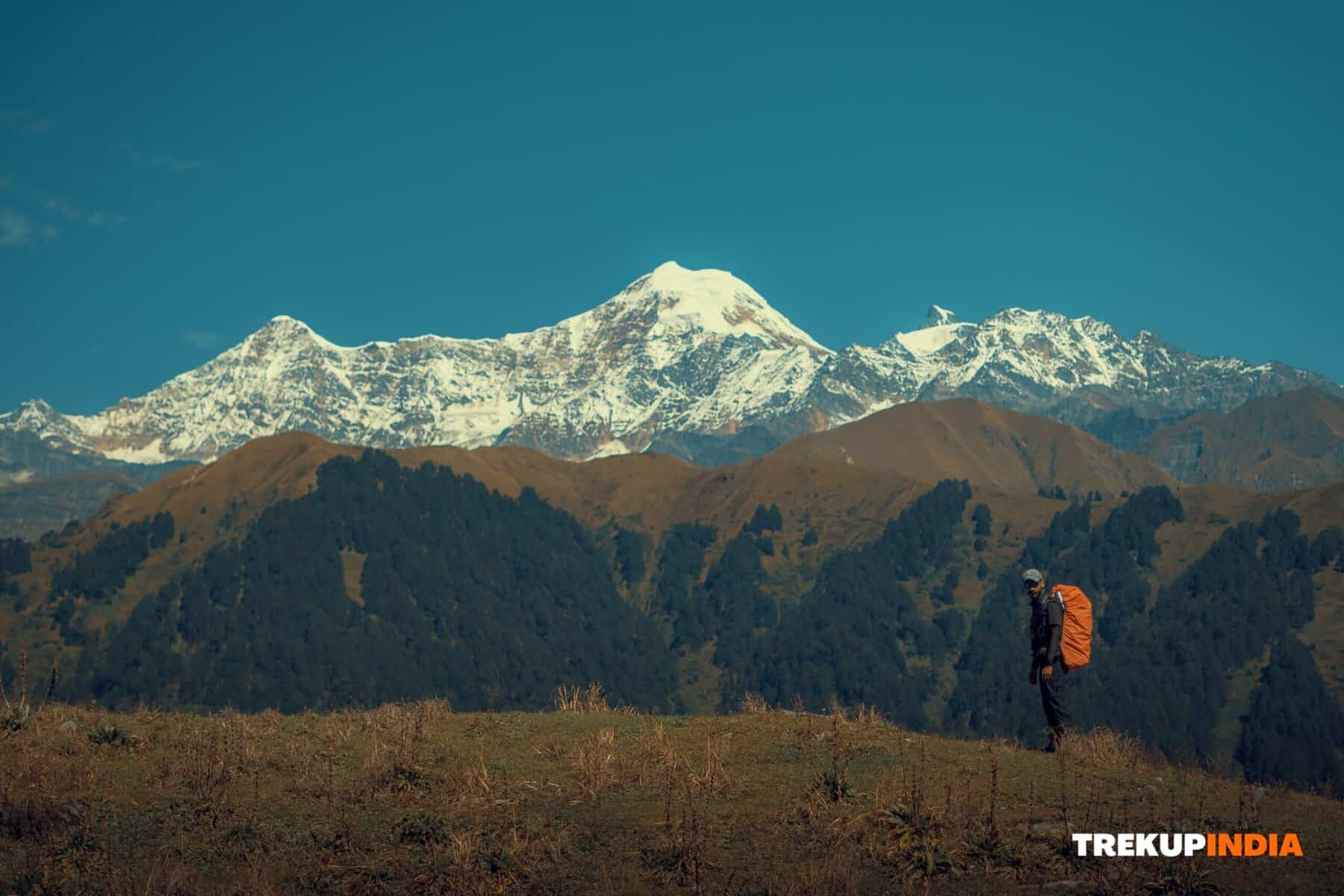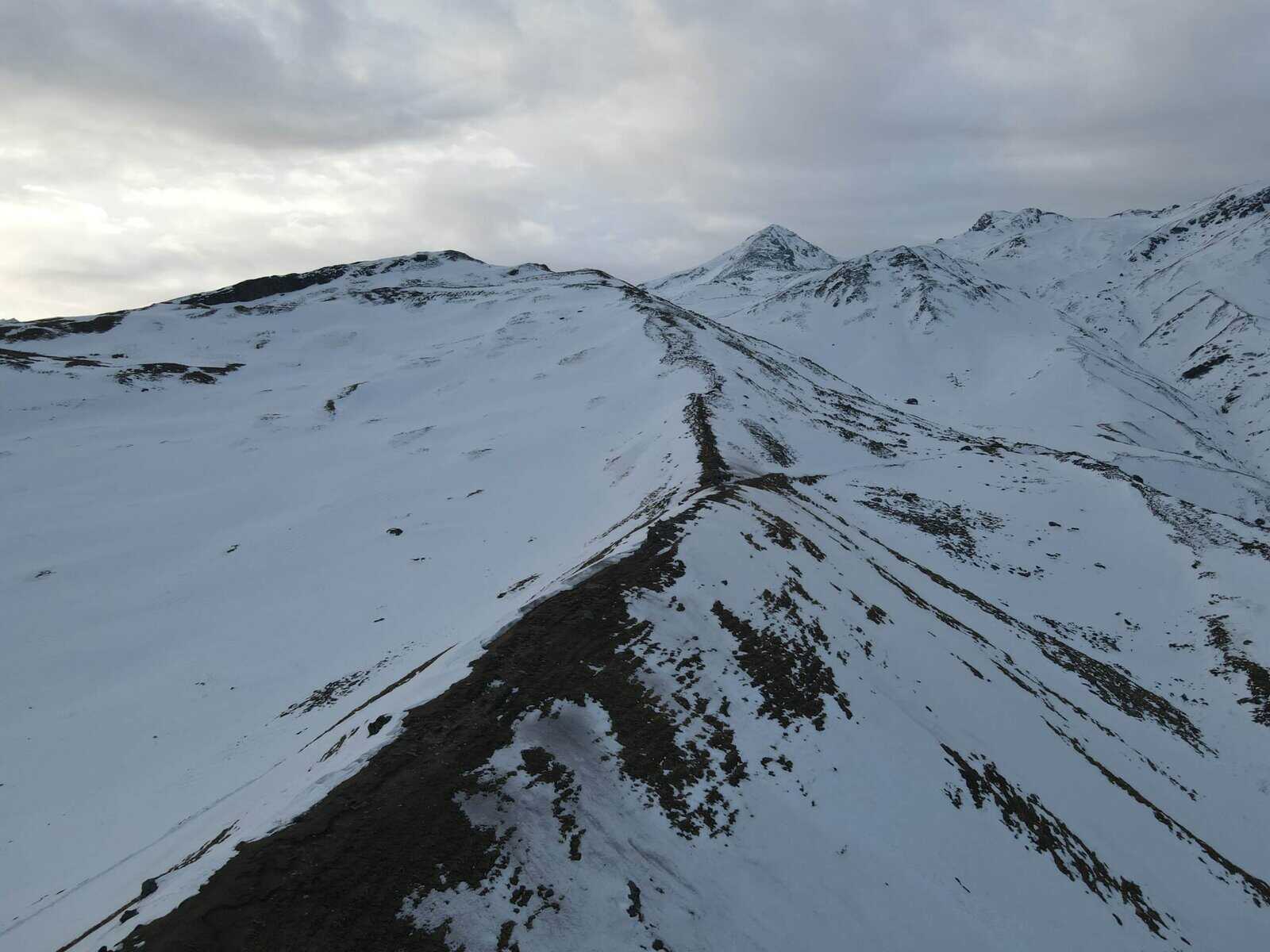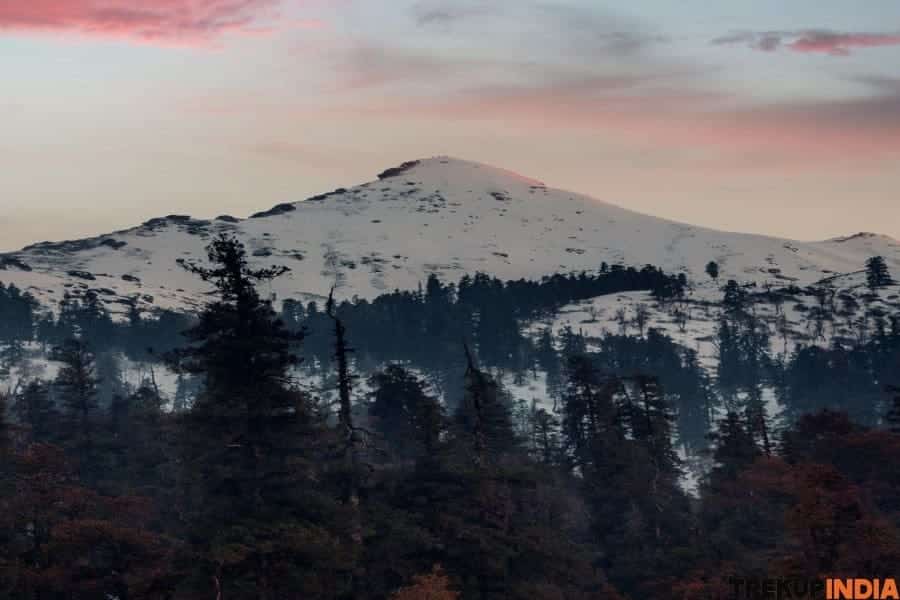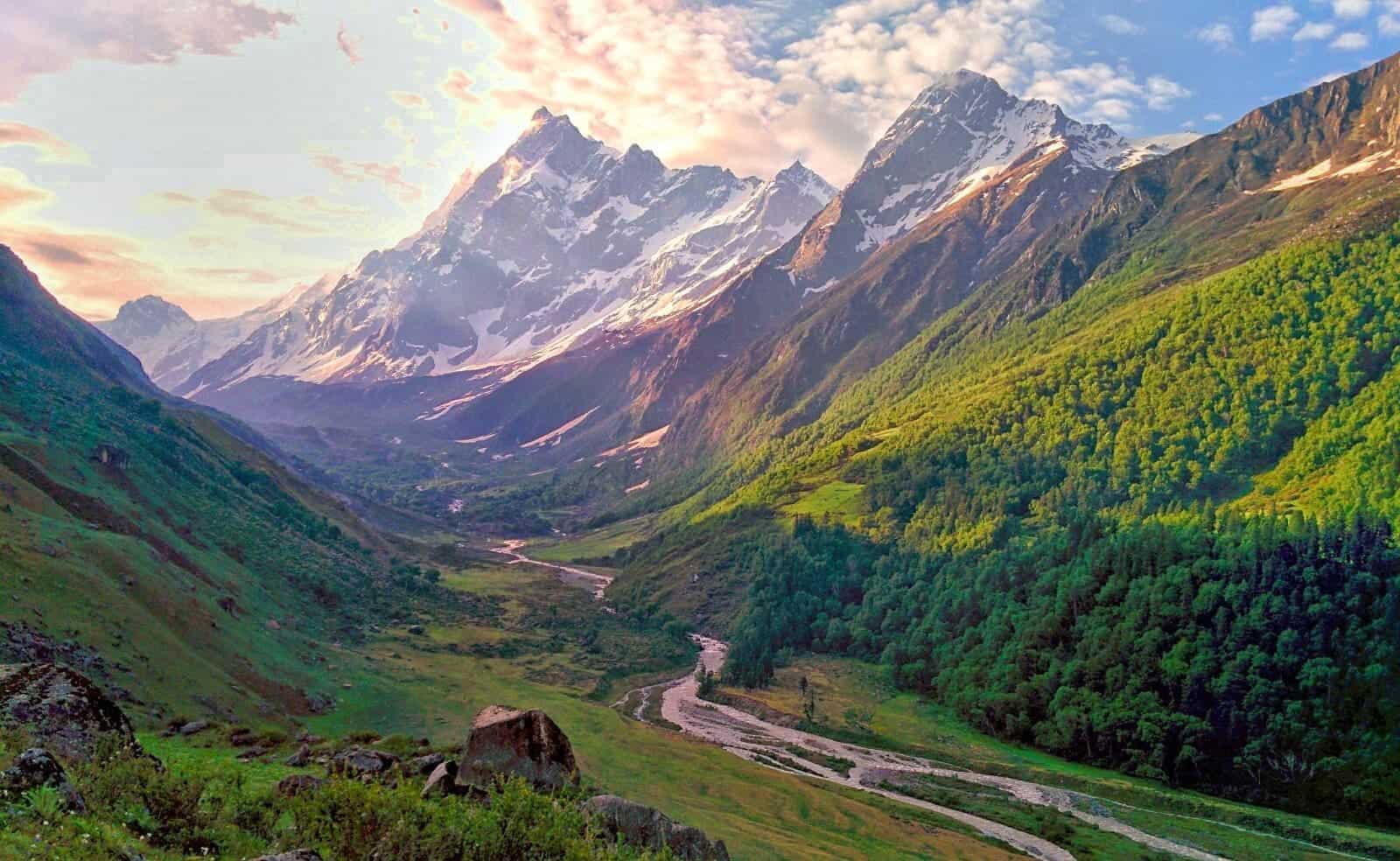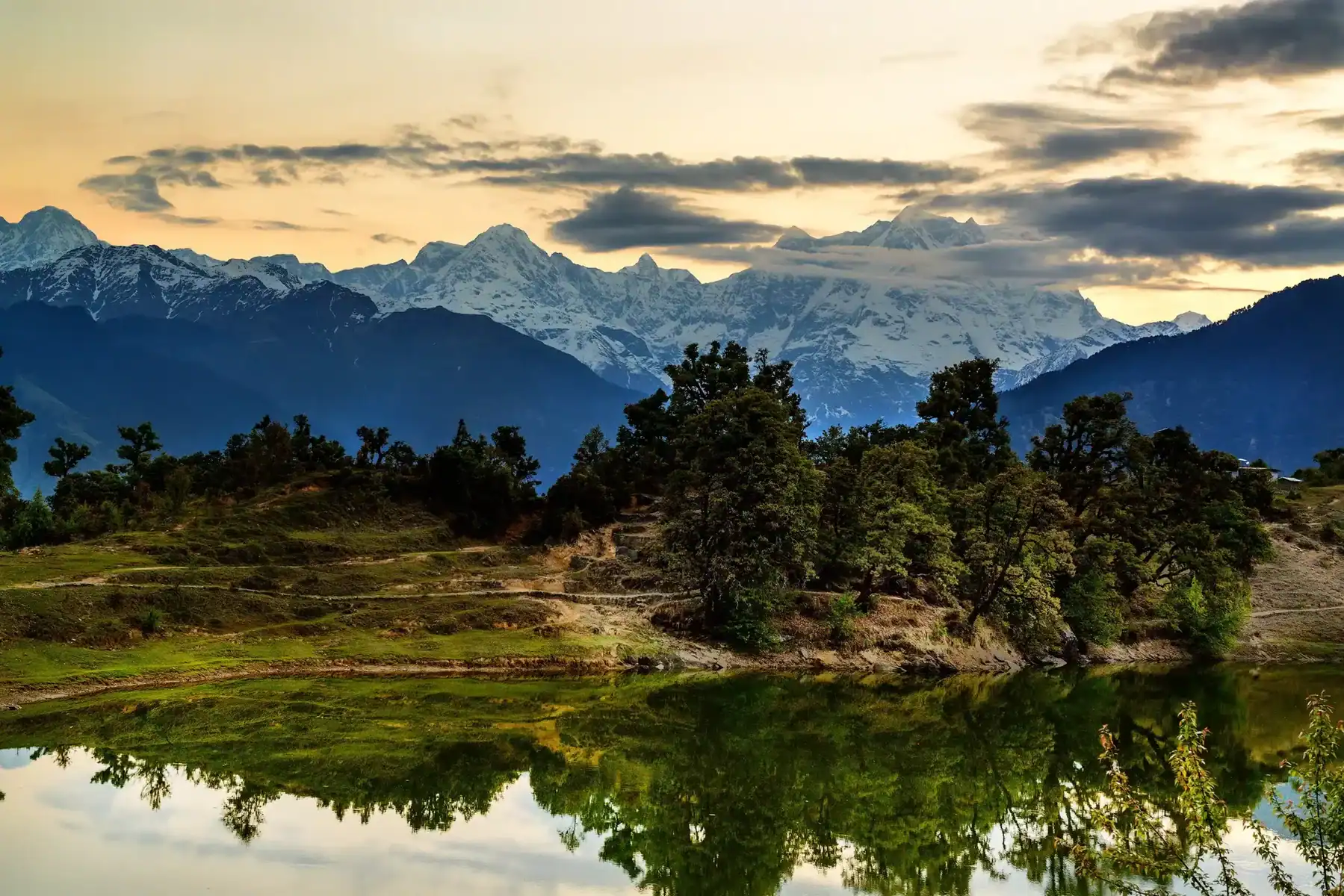Pre-Taping Feet for Blister Prevention
Blisters can be one of the biggest hindrances to long treks. What begins as a minor puncture can quickly escalate into the most excruciating and trip-ending injuries. Good socks and properly fitting boots may help, while pre-taping problem areas is another method utilized by thru-trekkers and mountaineers to ensure safe foot travel. Here’s how you can do it correctly.
Why Pre-Taping Works ?
Taping creates an effective protection barrier to reduce friction.
Prevents skin from breaking (the primary cause of blisters).
Targeted and less costly than moleskin when blisters begin forming.
Protect blistered feet before beginning any journey. Once blisters form, they can become challenging to manage without becoming severely damaged and needing medical intervention.
Step-by-Step Guide to Pre-Taping
1. Determine Your Blister Zones
To begin pre-taping, first identify where blisters may form by looking out for hotspots:
Heels (from boots rubbing)
Footballs (pressure points).
Toes (especially the big and pinky toes ) require special consideration when wearing footwear.
Achilles Tendon (Strap Friction)
Use your finger to move your sole; any reddish or rough region following a trek could be a cause of concern.
2. Select the Appropriate Tape
For optimal performance and longevity in wet conditions, I would recommend Leukotape P as the ultimate tape solution. It has proven itself reliable time after time!
Alternative for Budget: 3M Micropore is less robust but more breathable.
Do not apply duct tape directly, as sweat can weaken its adhesive and break skin over time.
3. Prep Your Skin
For optimal results, rinse and dry your feet well before tape application, as moisture can cause it not to adhere correctly.
Apply an alcohol-based cleaner over the affected area to eliminate oil build-up.
To improve grip, try benzoin tincture (an adhesive enhancer).
4. Appropriately Apply Tape
Longer lengths than the area in which there is an immediate hotspot should be cut for the application of tape.
Round off the edges (this helps prevent peeling).
No need to press too hard! That will prevent wrinkles.
For Toes: Wrap “Horseshoe” around each toe, making sure not to hit nails with it.
Professional Tip: Wear socks before tape to observe areas with friction. Draw lines along those spots.
Retape Edges that peel during river crossings (common after submersion).
Within several days (Leukotape may last even longer).
Avoid cutting tape quickly, peeling slowly, or applying oil for softening purposes.
Alternatives if
Tape Fails: Moleskin + Lube. If blisters exist, place donuts made of Moleskin and Vaseline into them to relieve symptoms.
Reduce friction between toes.
Double Sock Layer: A thin liner and wool socks (to reduce shear forces) are often combined for extra support.
Pro Tips for High-Friction Treks
Always tape feet the night before (this ensures they adhere better the following morning). Bring along a small tape roll in case any issues arise during your trek, and carry extra tape rolls on longer-distance treks for repairs midway.
On longer treks: make sure to air out feet at your campsite regularly, air them out thoroughly, then retape if necessary.
Conclusion
Blisters can be more than an inconvenience; they’re one of the leading causes for cut treks short. Spend a couple of minutes taping your feet before trekking in order to protect your feet from injury, as well as infection risk or accidents during your trek. Pre-taping can be an economical, straightforward, and highly effective means of protecting yourself while hiking rocky ridgelines in Himachal, traversing wet monsoon treks in Maharashtra, or undertaking multi-day treks through Uttarakhand’s mountains. It offers cost-effective protection at minimal expense.
About Author

Nanda Rawat (Operation Manager)
Nanda Rawat holds a Master’s degree in Tourism and Hospitality and is a seasoned professional specializing in Adventure and Leisure Travel. As a travel specialist and consultant, his core mission has always been to deliver exceptional service by sharing the full breadth of his experience, ensuring client satisfaction on a global scale.
With over 16 years of experience, Nanda has worked with three well-established tourism companies, gaining deep insight into both inbound and domestic travel operations. He has contributed directly and indirectly to the Adventure Tour Operators Association of India (ATOAI) and has participated in multiple Immediate First Aid Training programs at the Indian Mountaineering Foundation (IMF).
In addition to his fieldwork, Nanda has shared his expertise through guest lectures in tourism and hospitality at various universities. He has independently led numerous expeditions across the Indian Himalayas and was actively involved in the rescue operations during the 2010 Ladakh flash floods.
In recognition of his outstanding coordination skills, he was honored with the Best Travel Coordinator Award by Joy James Educational Trust in 2012. A strong advocate of ethics, sustainability, and eco-tourism, Nanda takes great pride in being an integral part of Trekup India.
Write to him at: nanda@trekupindia.com
Share this article
Dates For Upcoming Treks
Want To Trek Like Pro?
Basically, watch these videos if you want to trek the same way professional trekkers do and make your skills better. These videos contain useful tips and techniques to further improve your trekking skills itself. These videos actually help both new and experienced trekkers improve their trekking skills. These videos definitely provide useful tips that make your trek better. We are seeing that these videos by Trekup India experts will only help you make your trekking skills better.
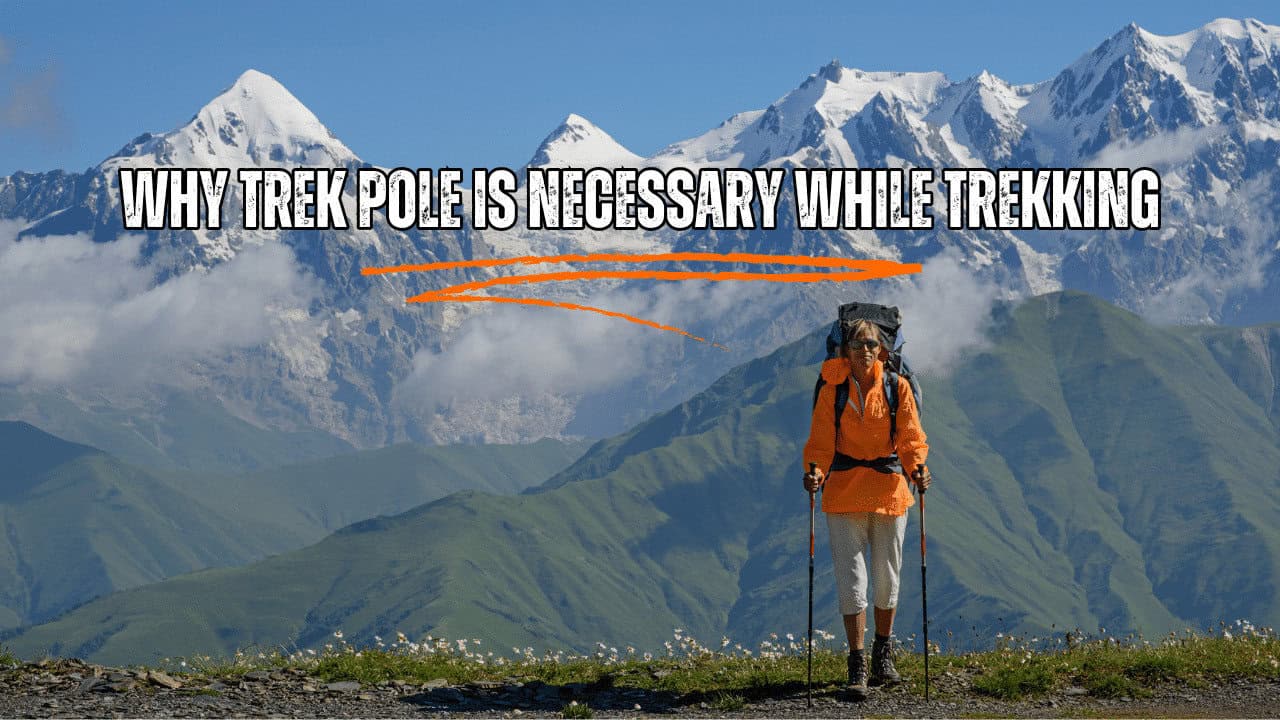
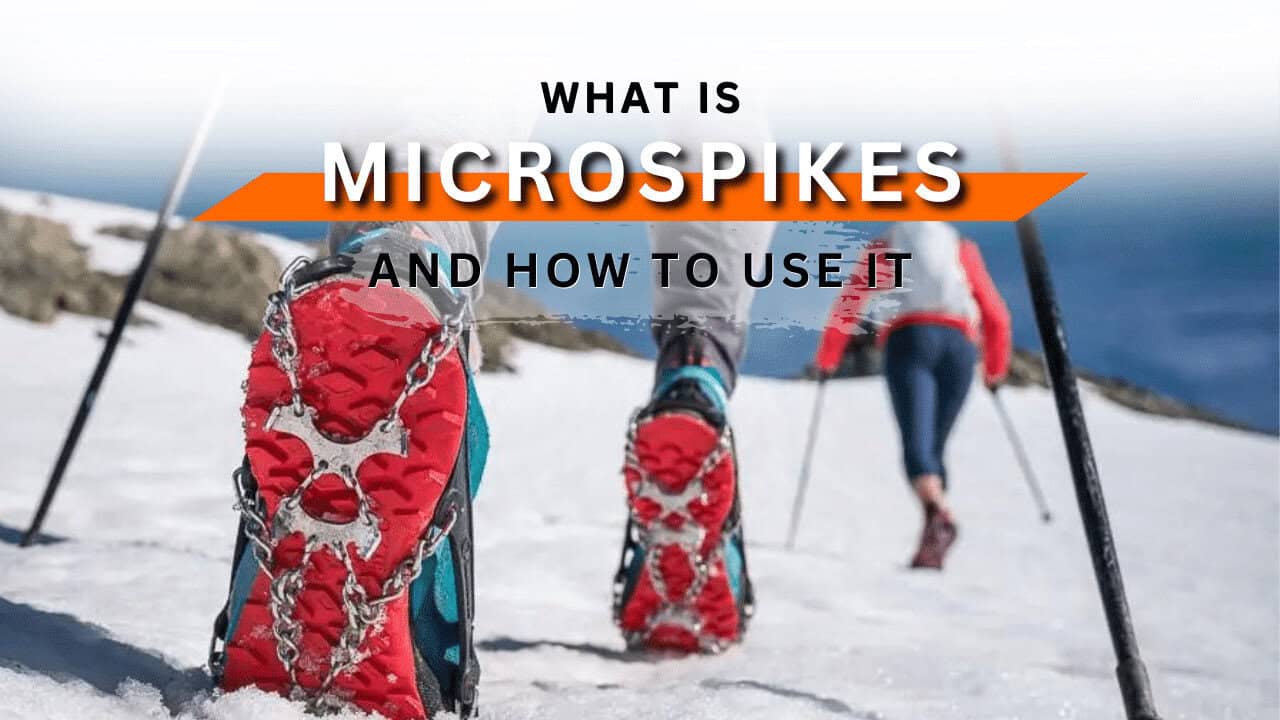
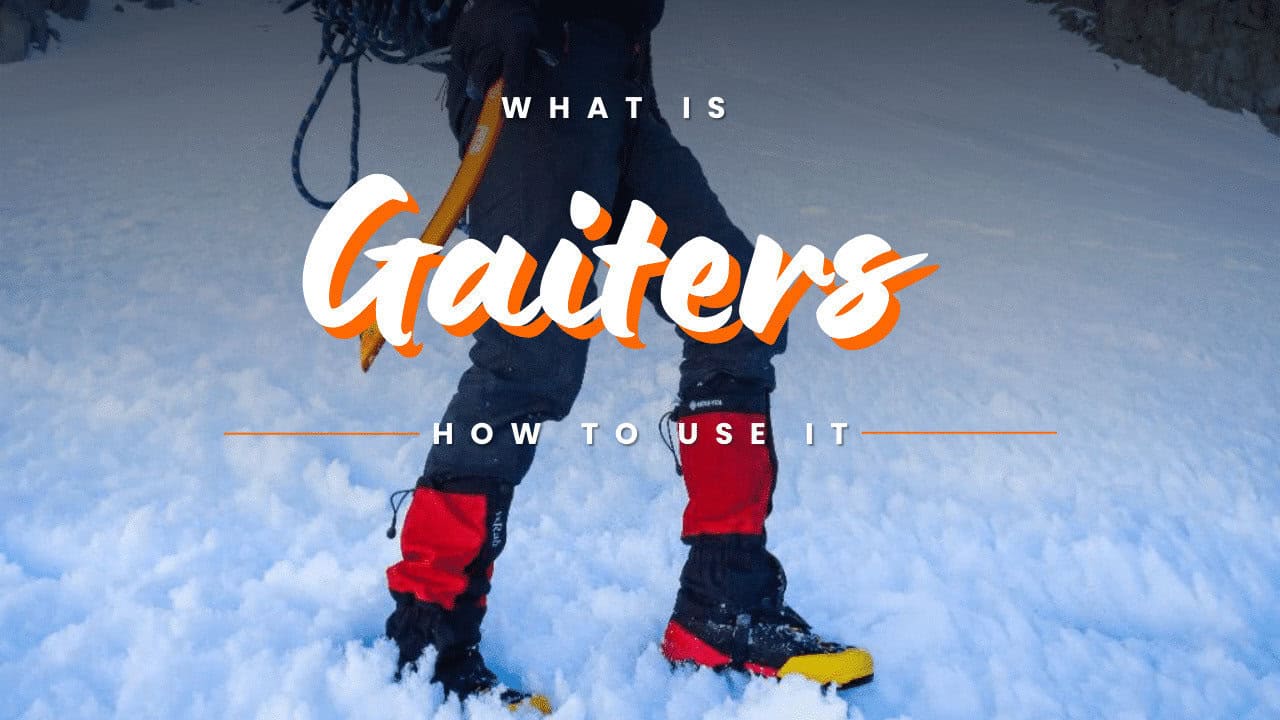

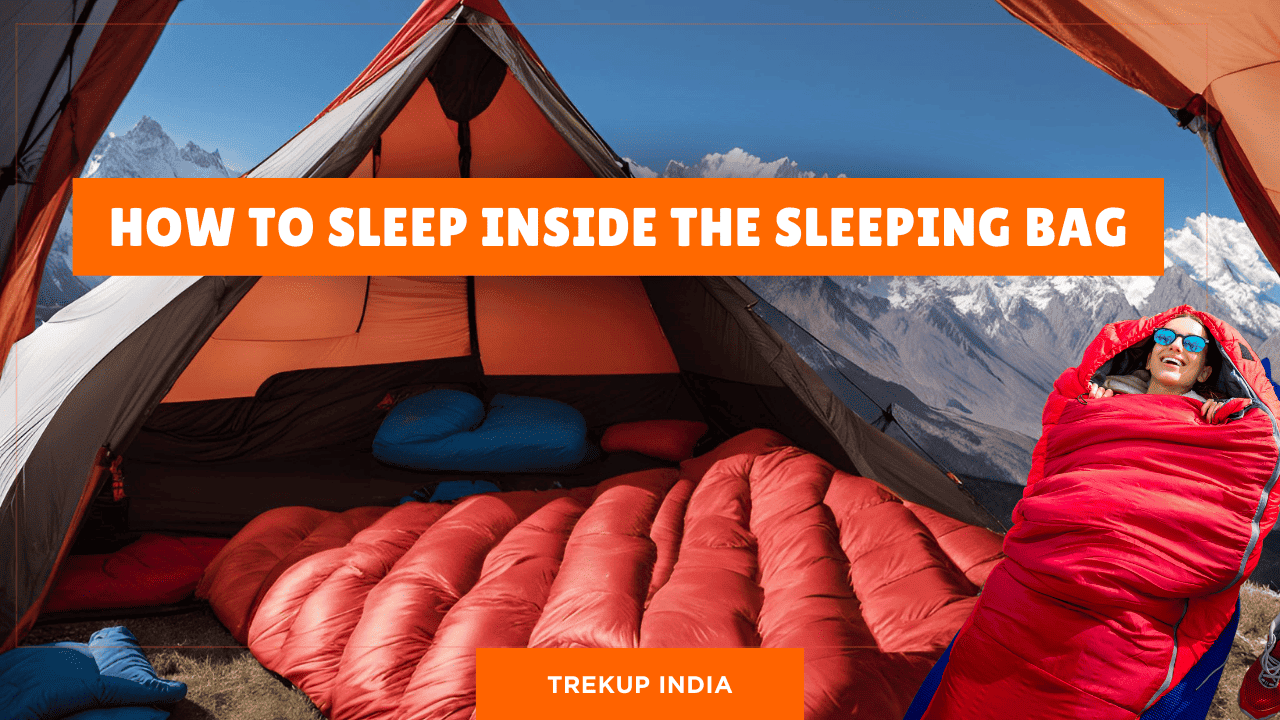


Know Everything About Acute Mountain Sickness
Acute Mountain Sickness occurs when people trek to high altitudes above 8,000 feet. This condition itself develops further due to reduced oxygen levels at such heights. Basically, as you go higher up, the air pressure and oxygen levels decrease, which causes the same problem. Acute Mountain Sickness surely causes headache, nausea, vomiting, and dizziness in affected persons. Moreover, peoples also experience difficulty in sleeping during this condition. To avoid mountain sickness, you should actually trek up slowly to higher altitudes. To learn further about this condition itself, watch the videos by Trekup India.
